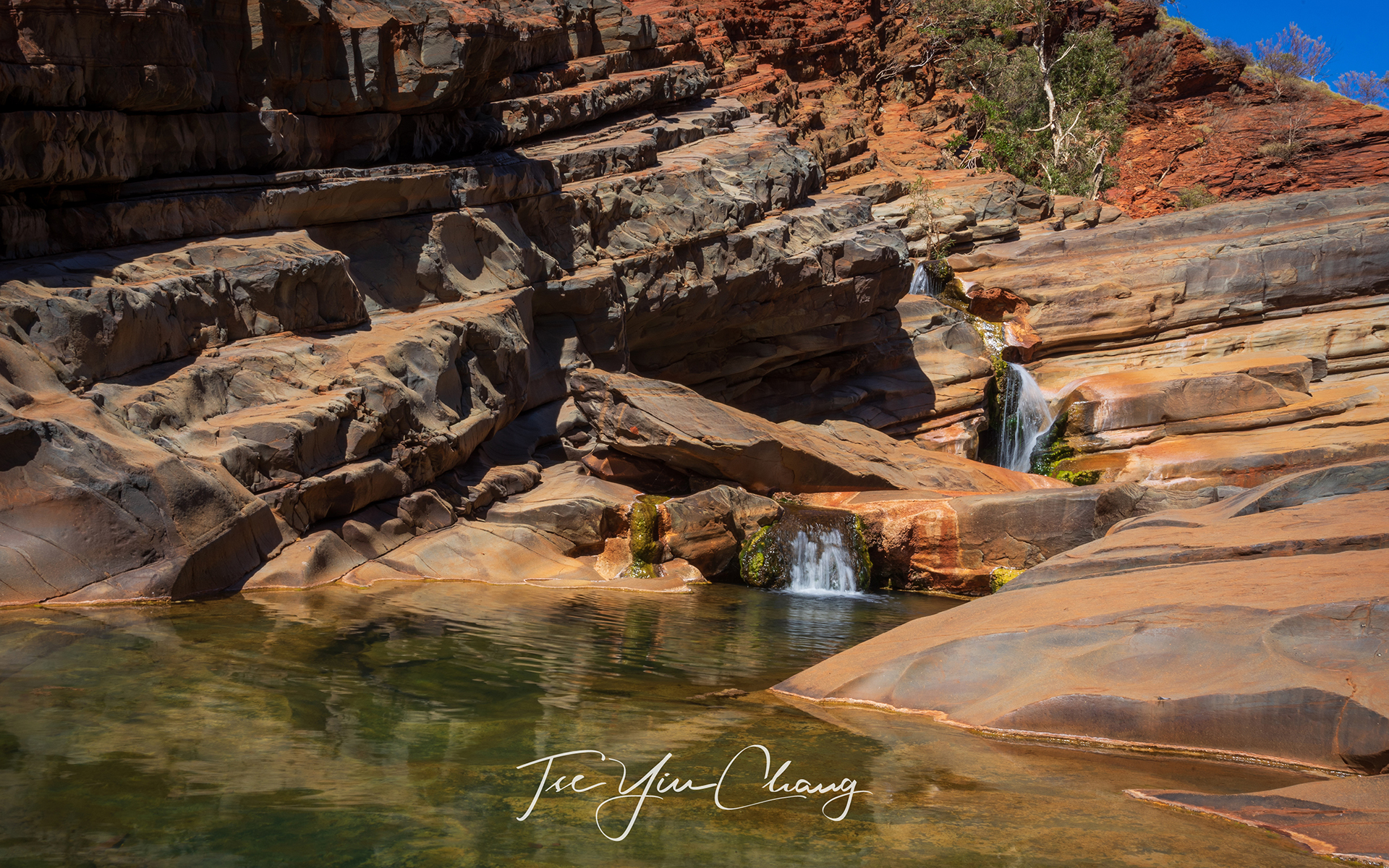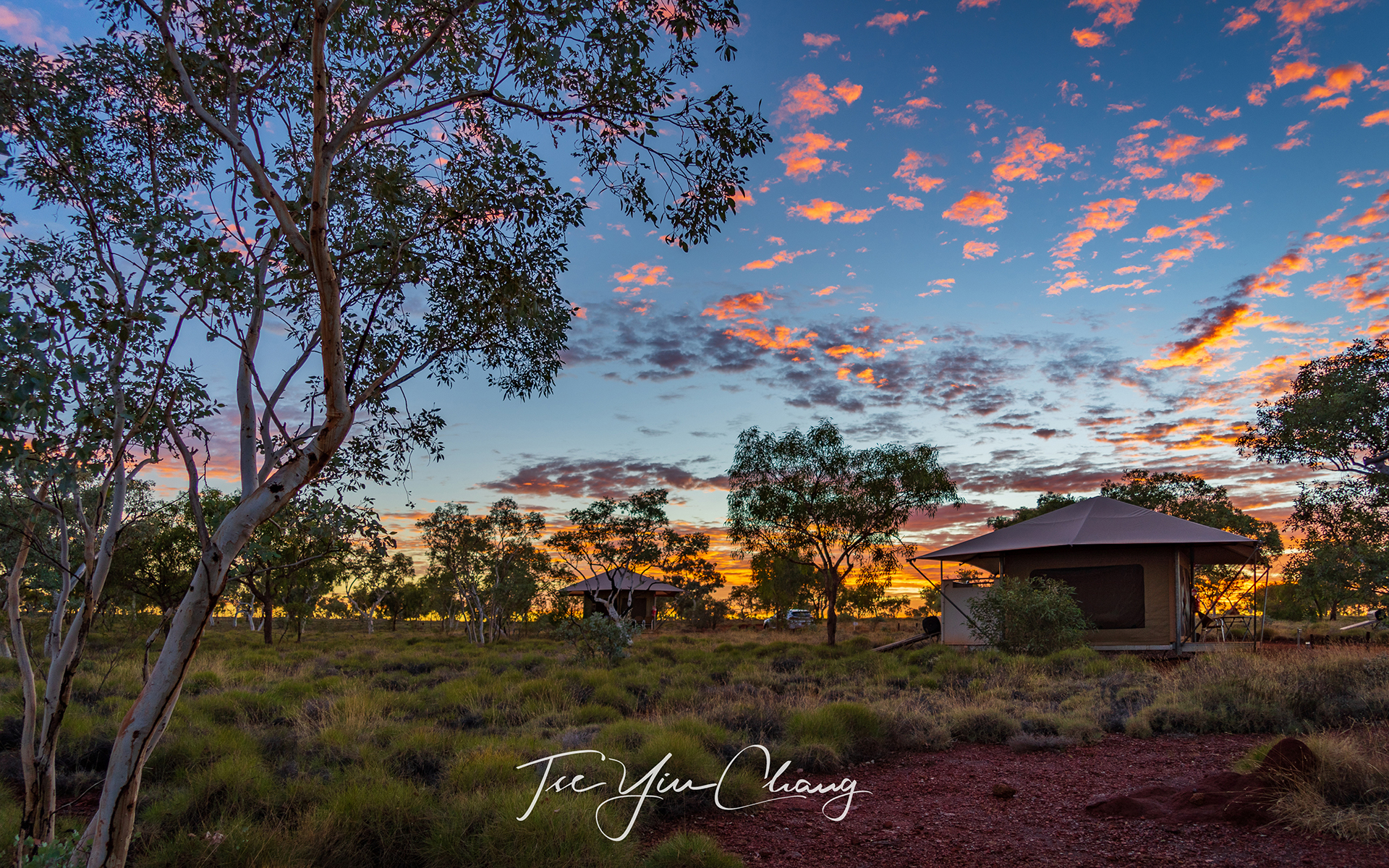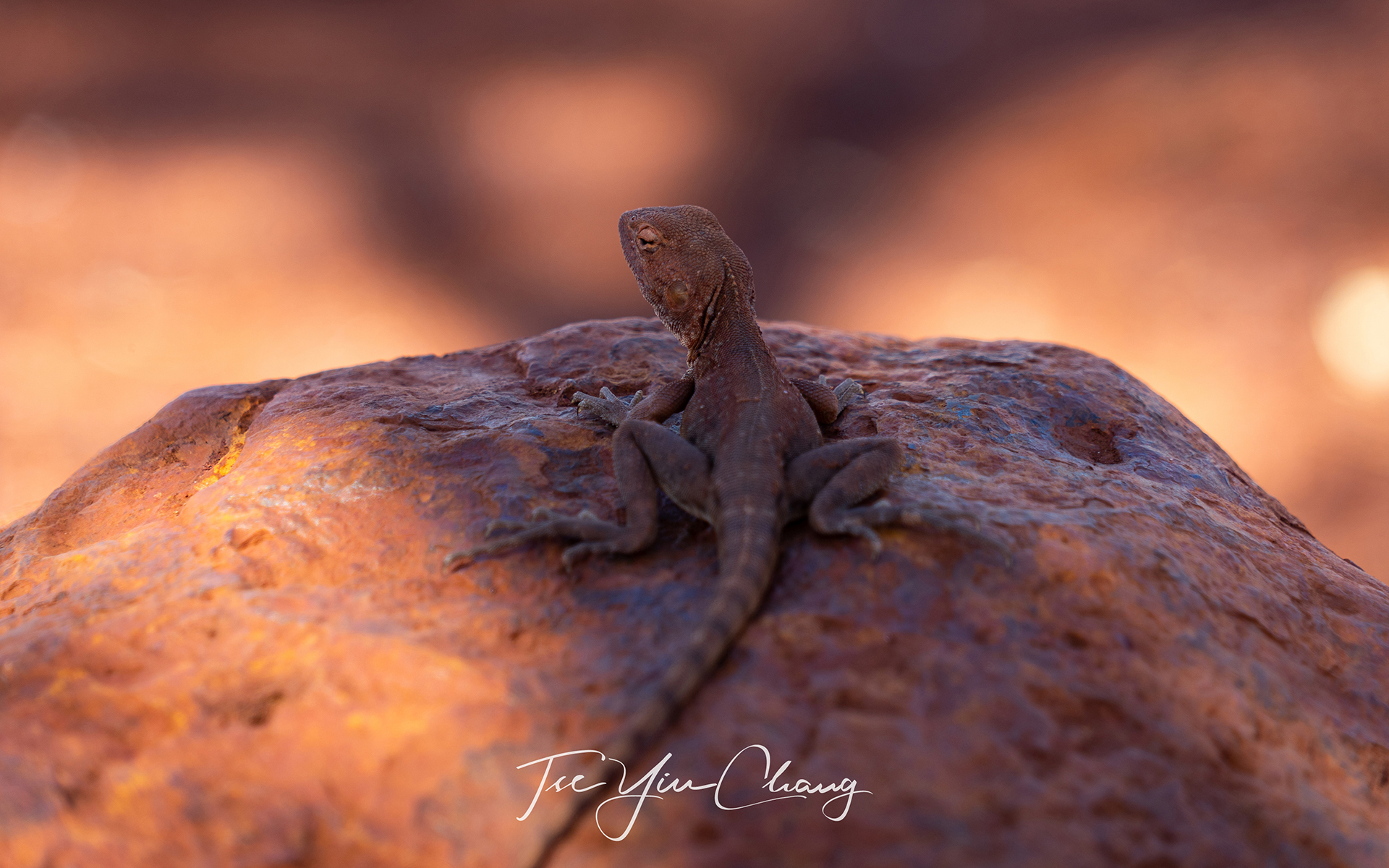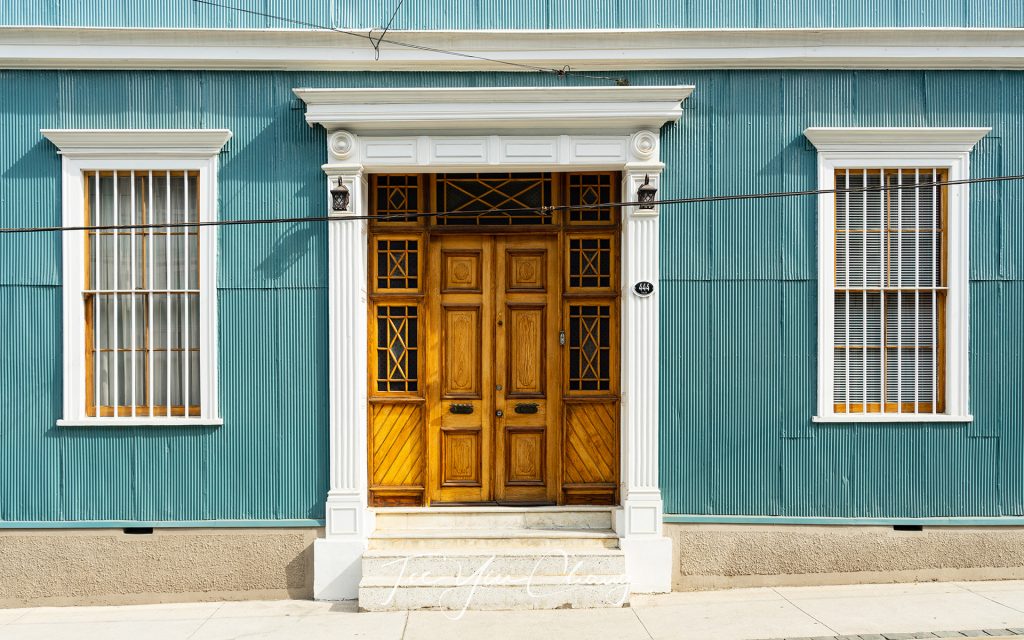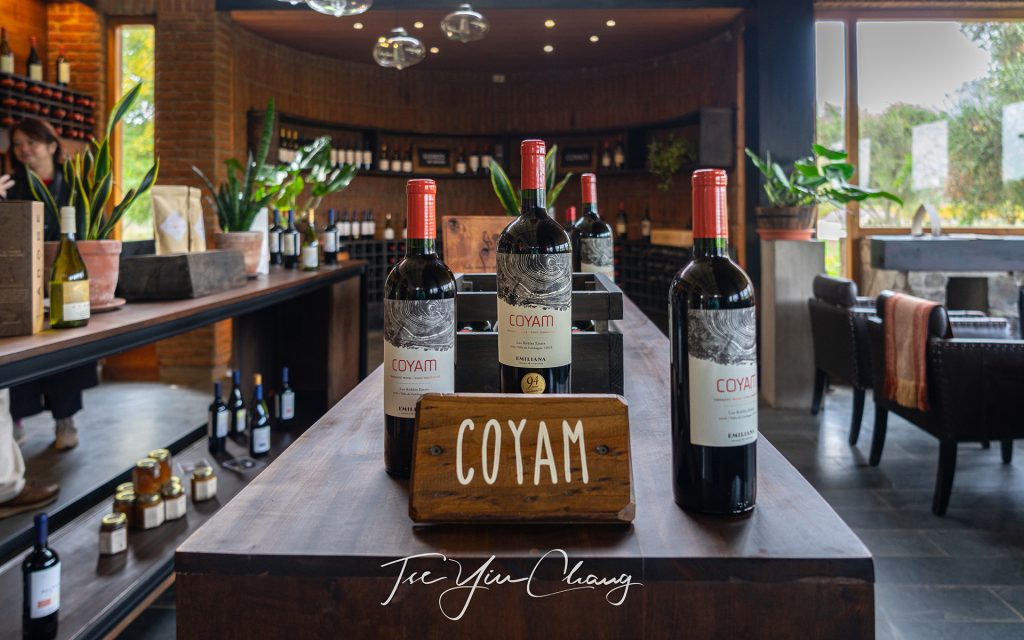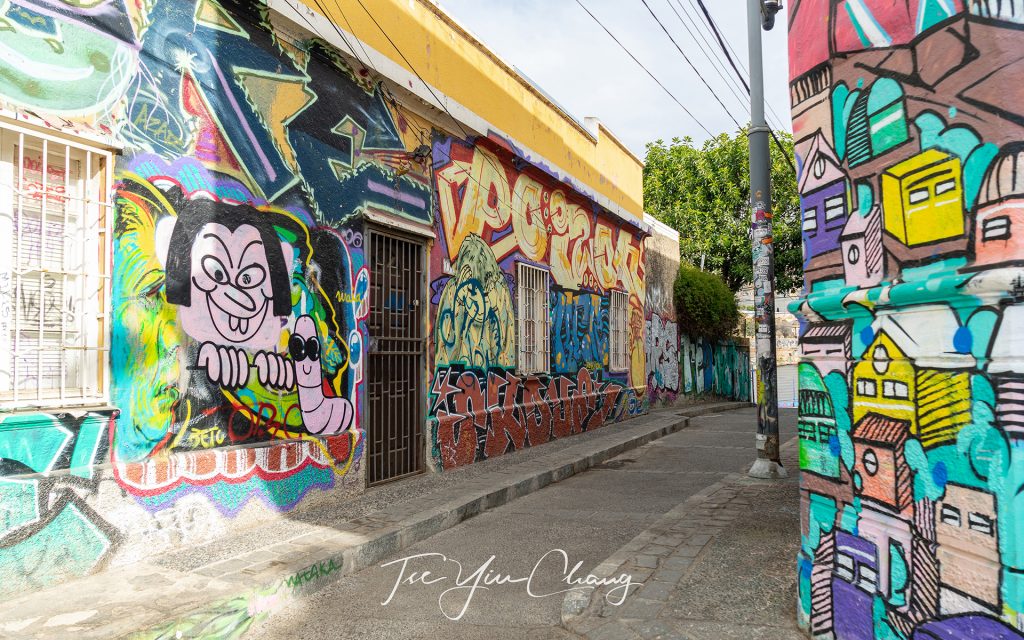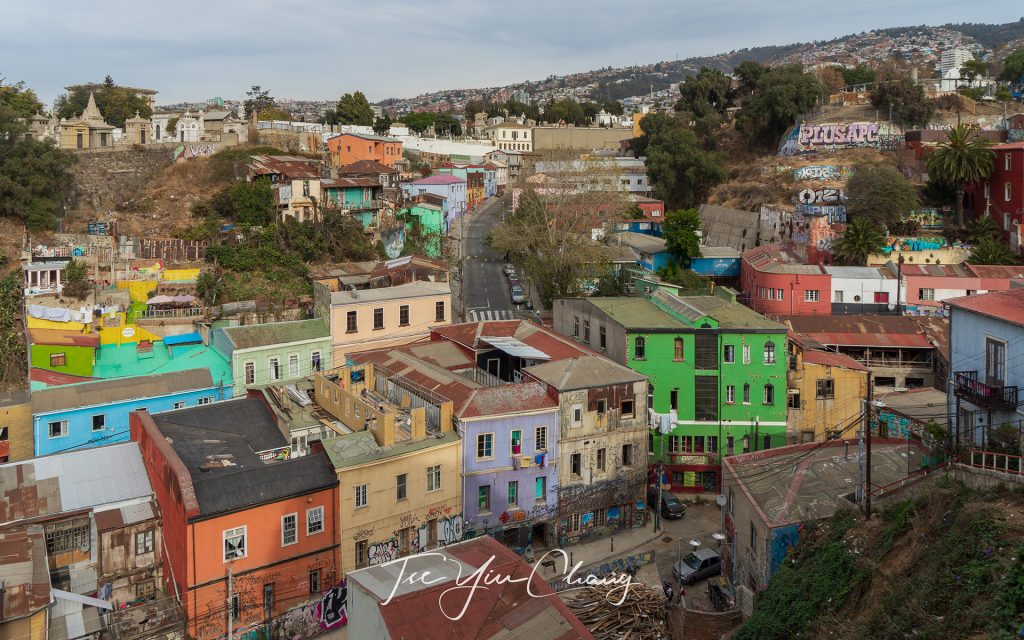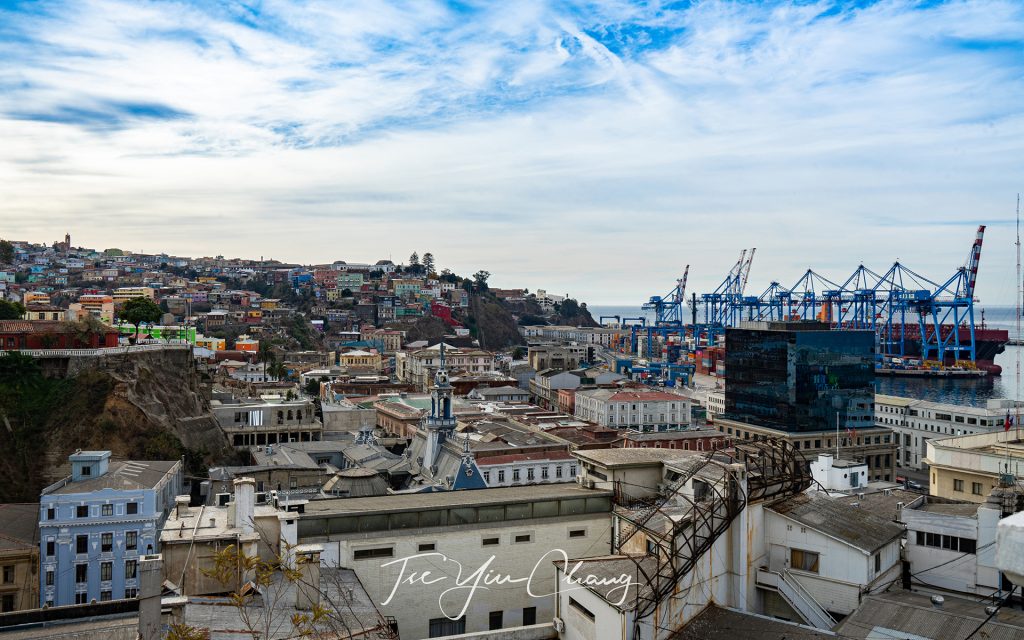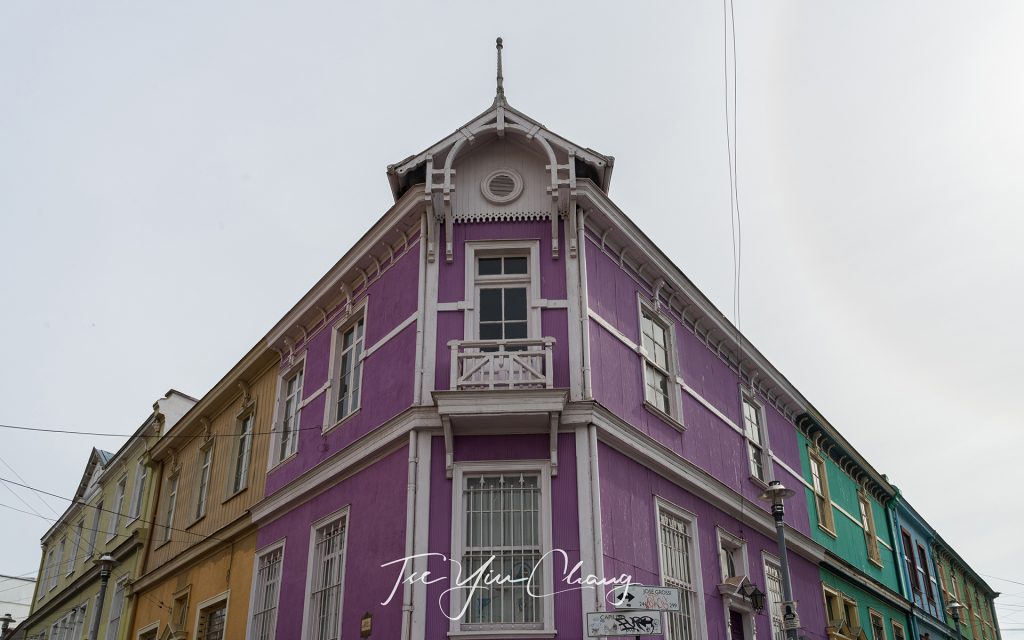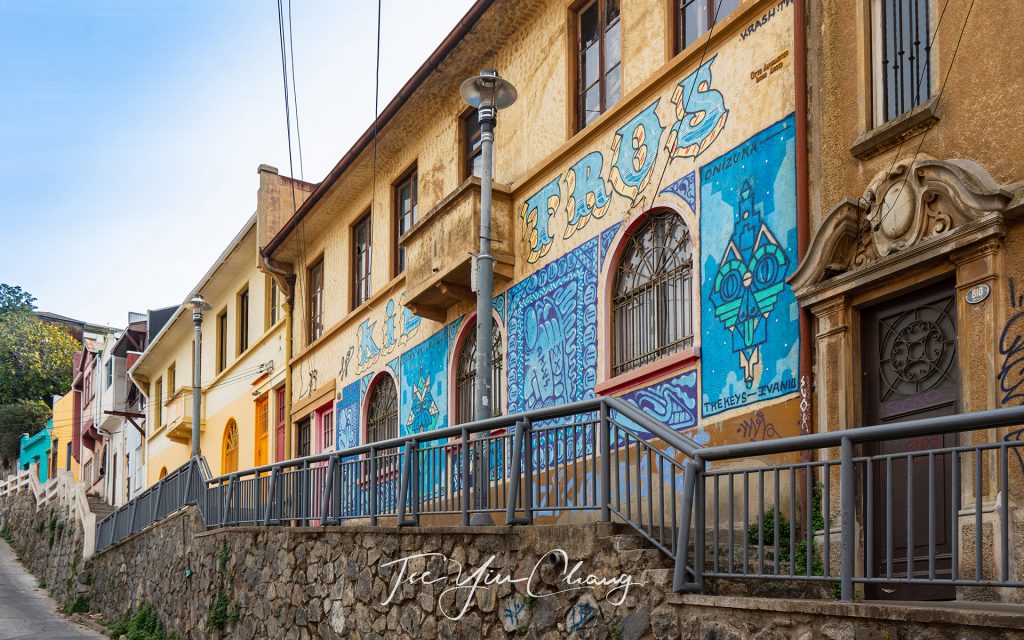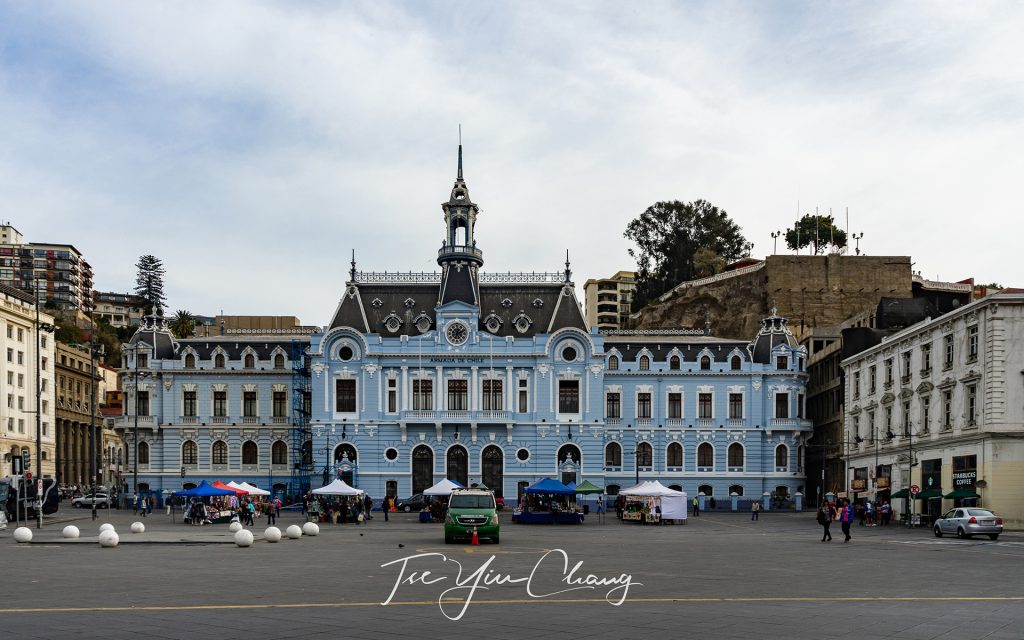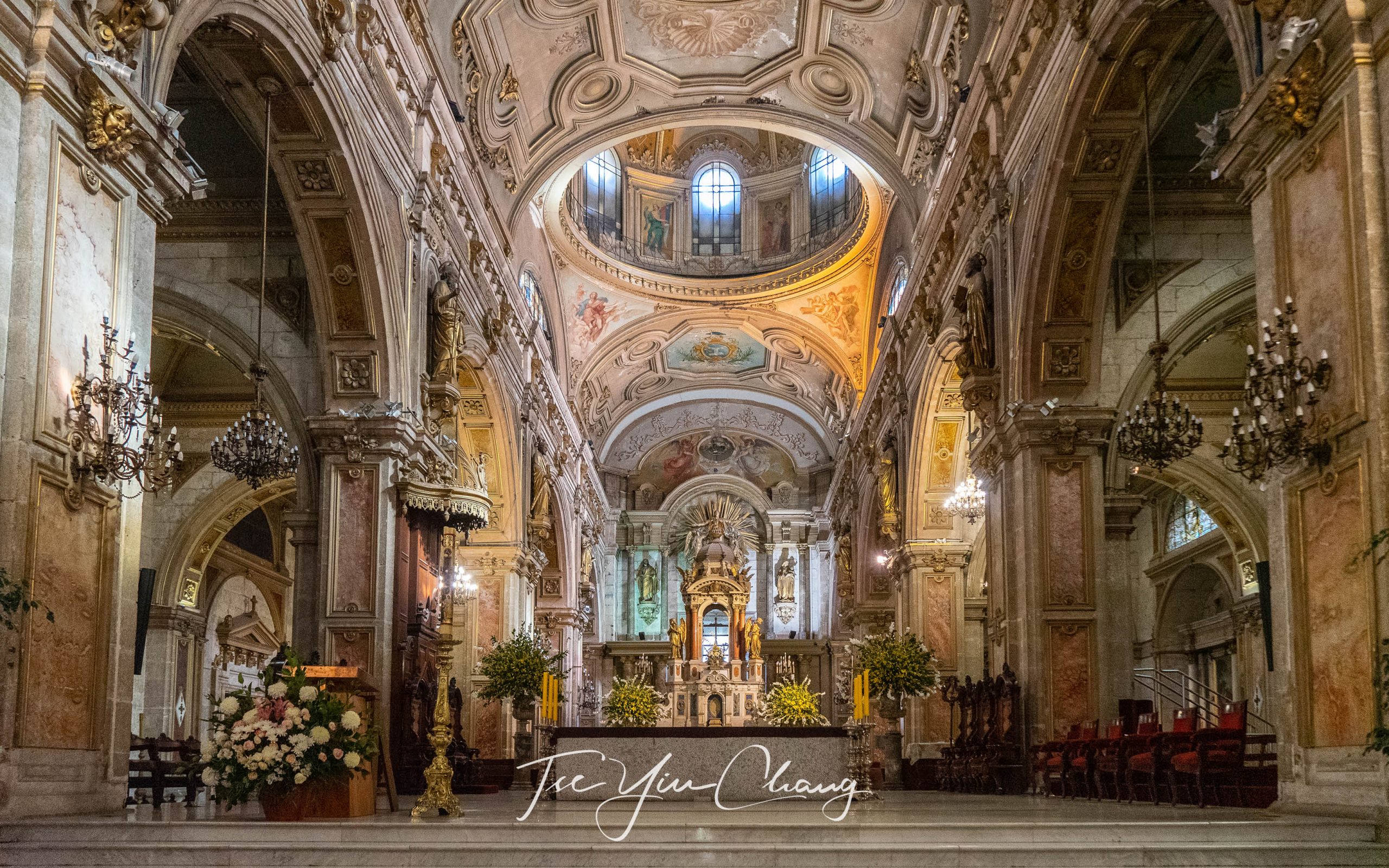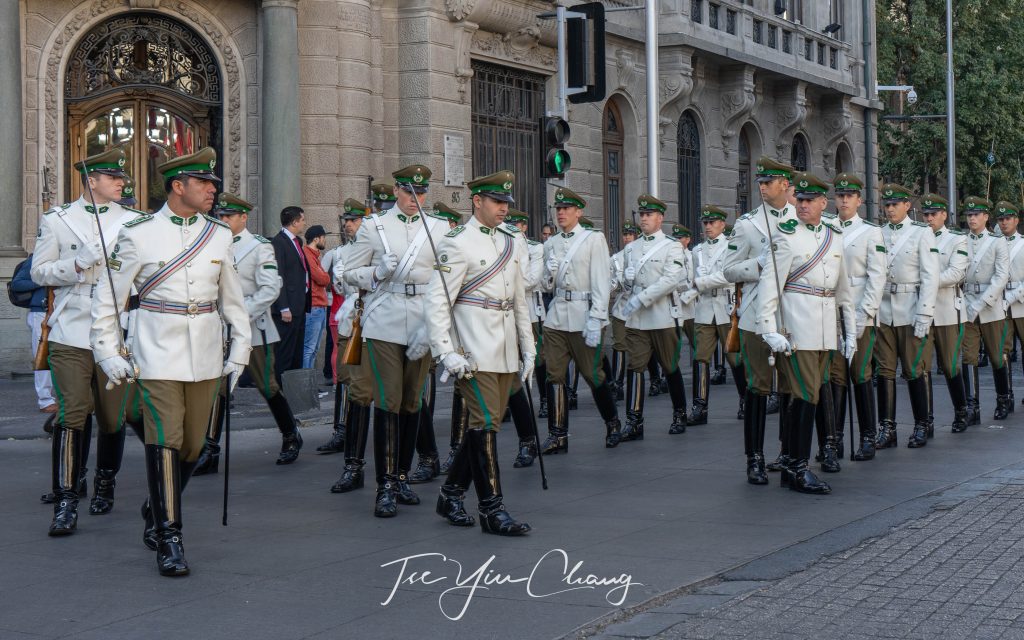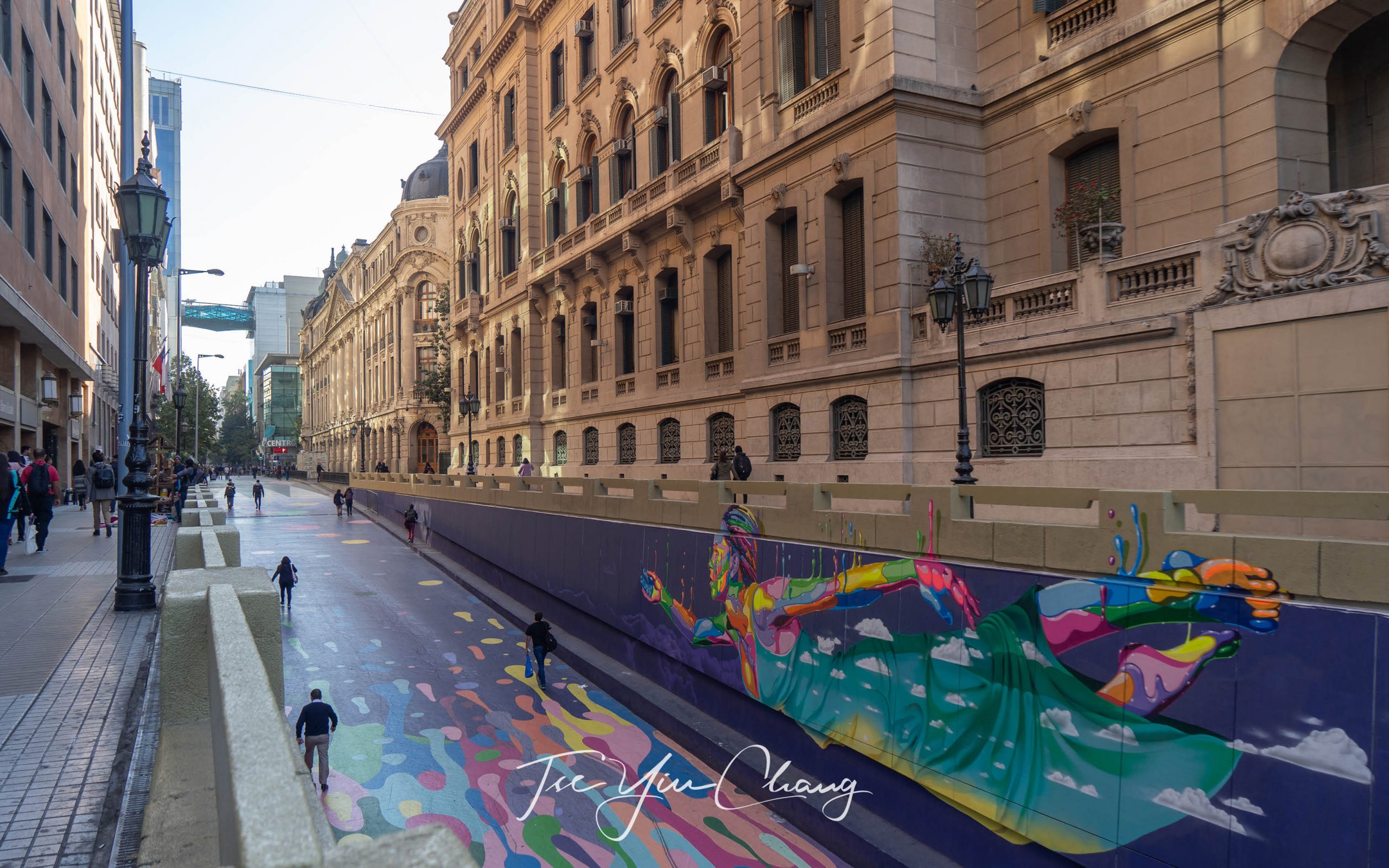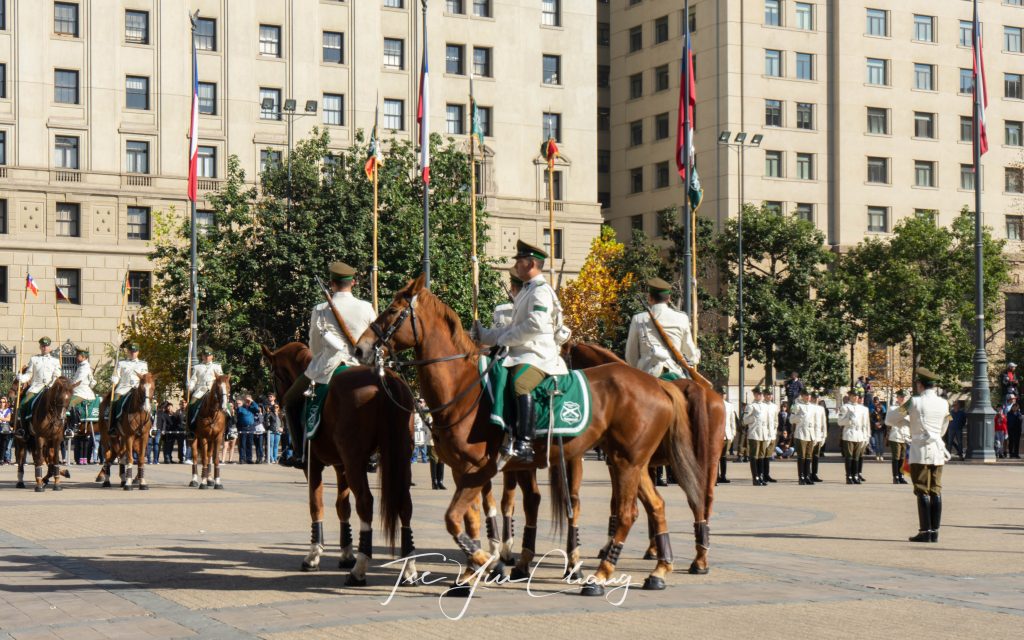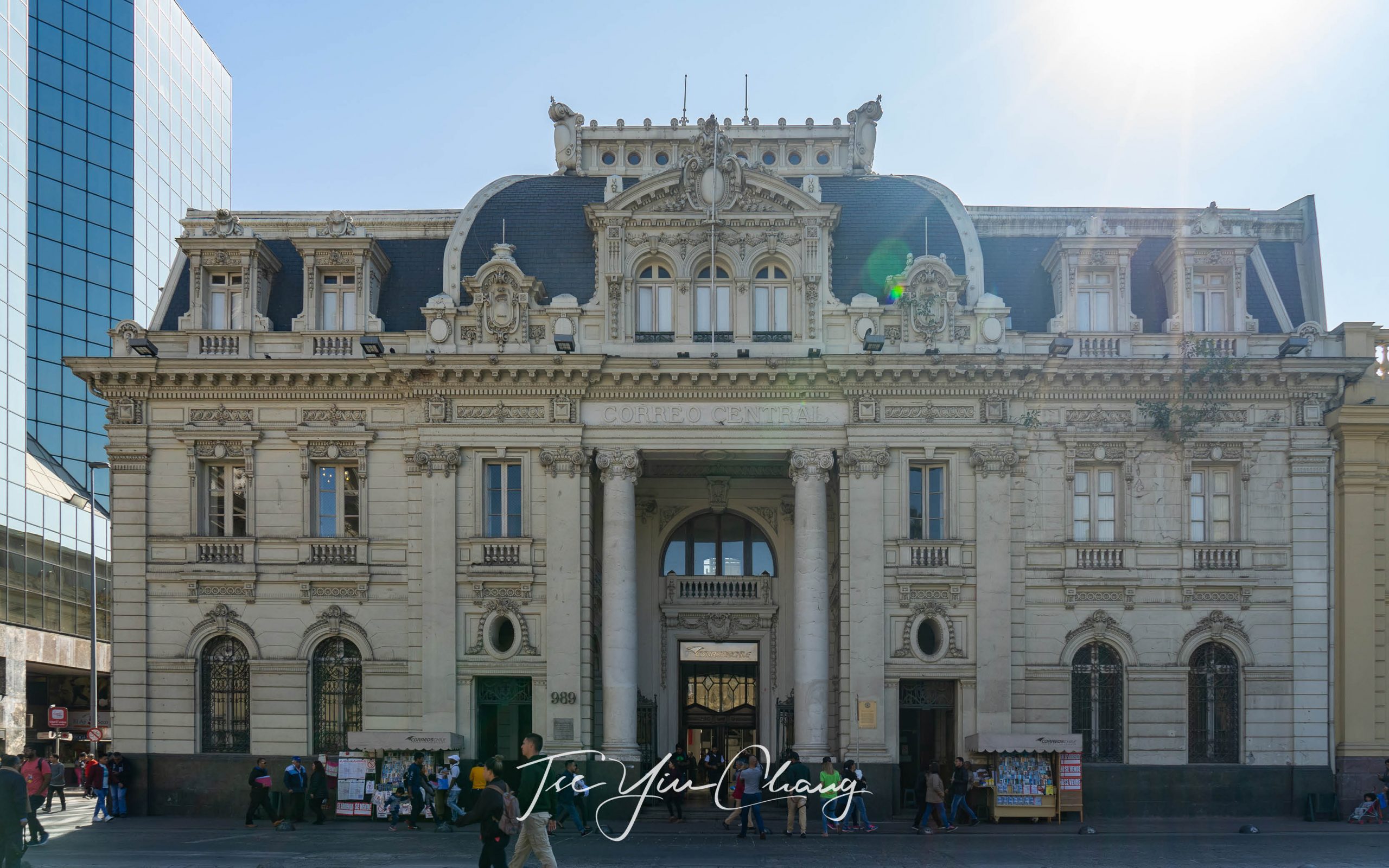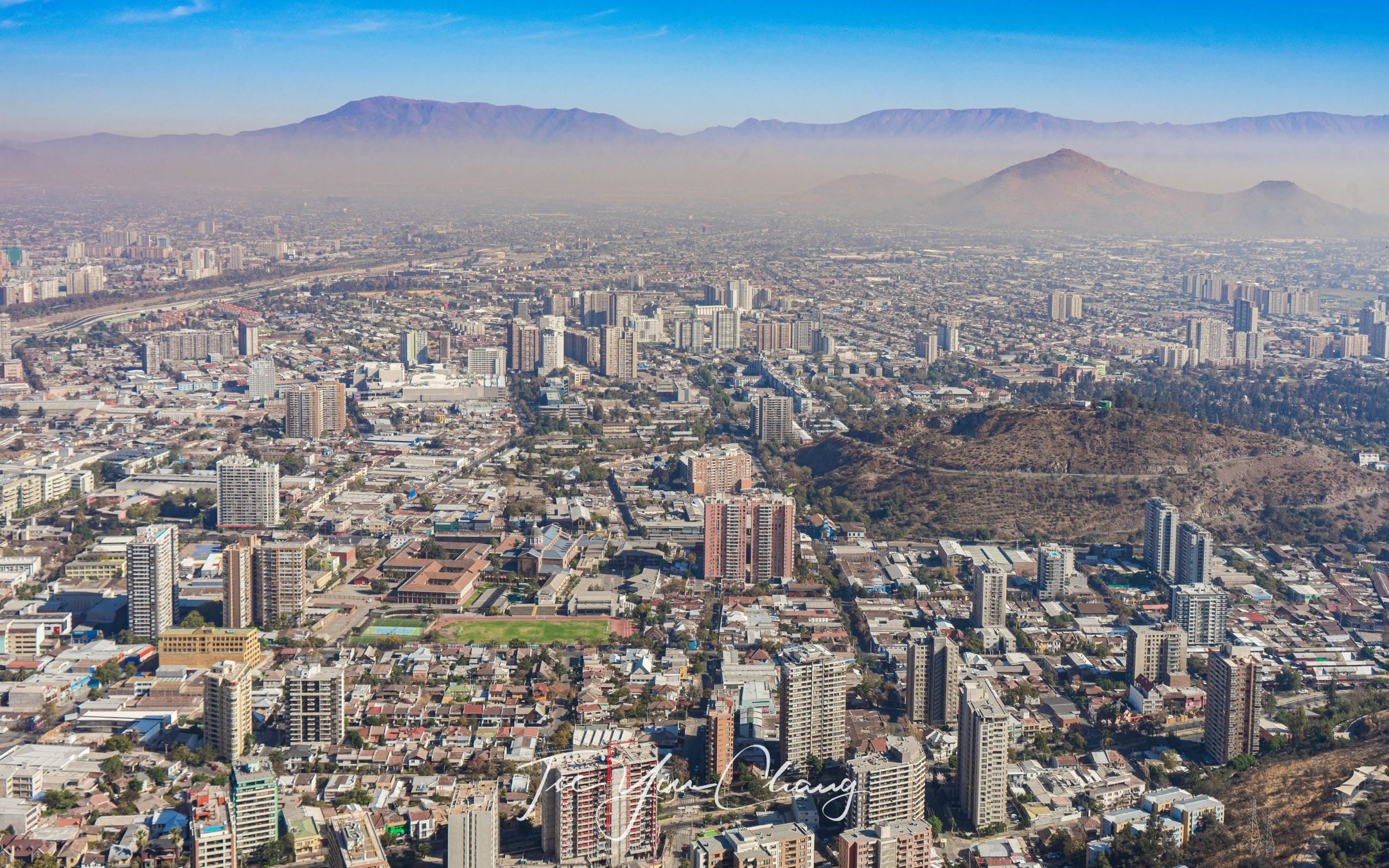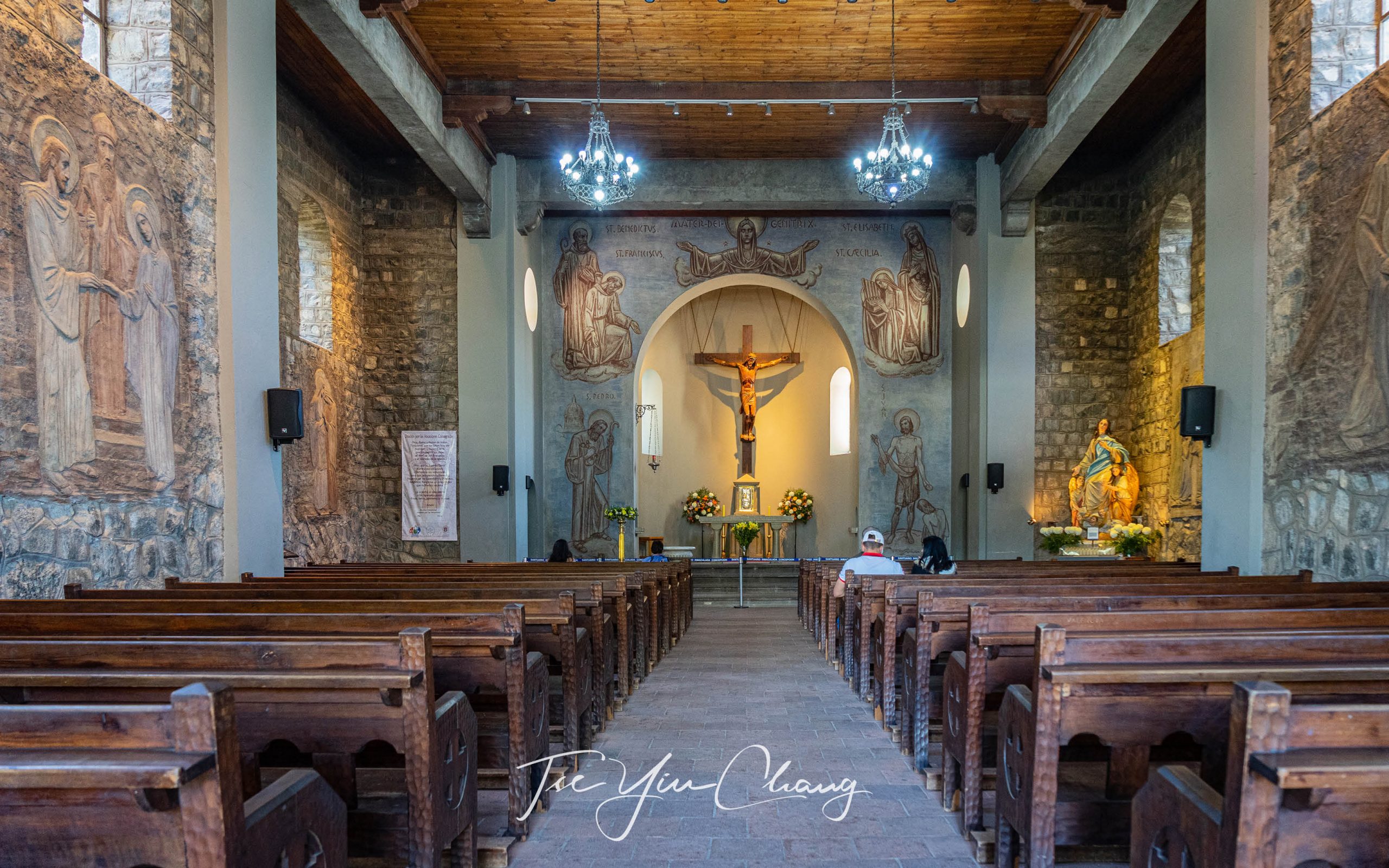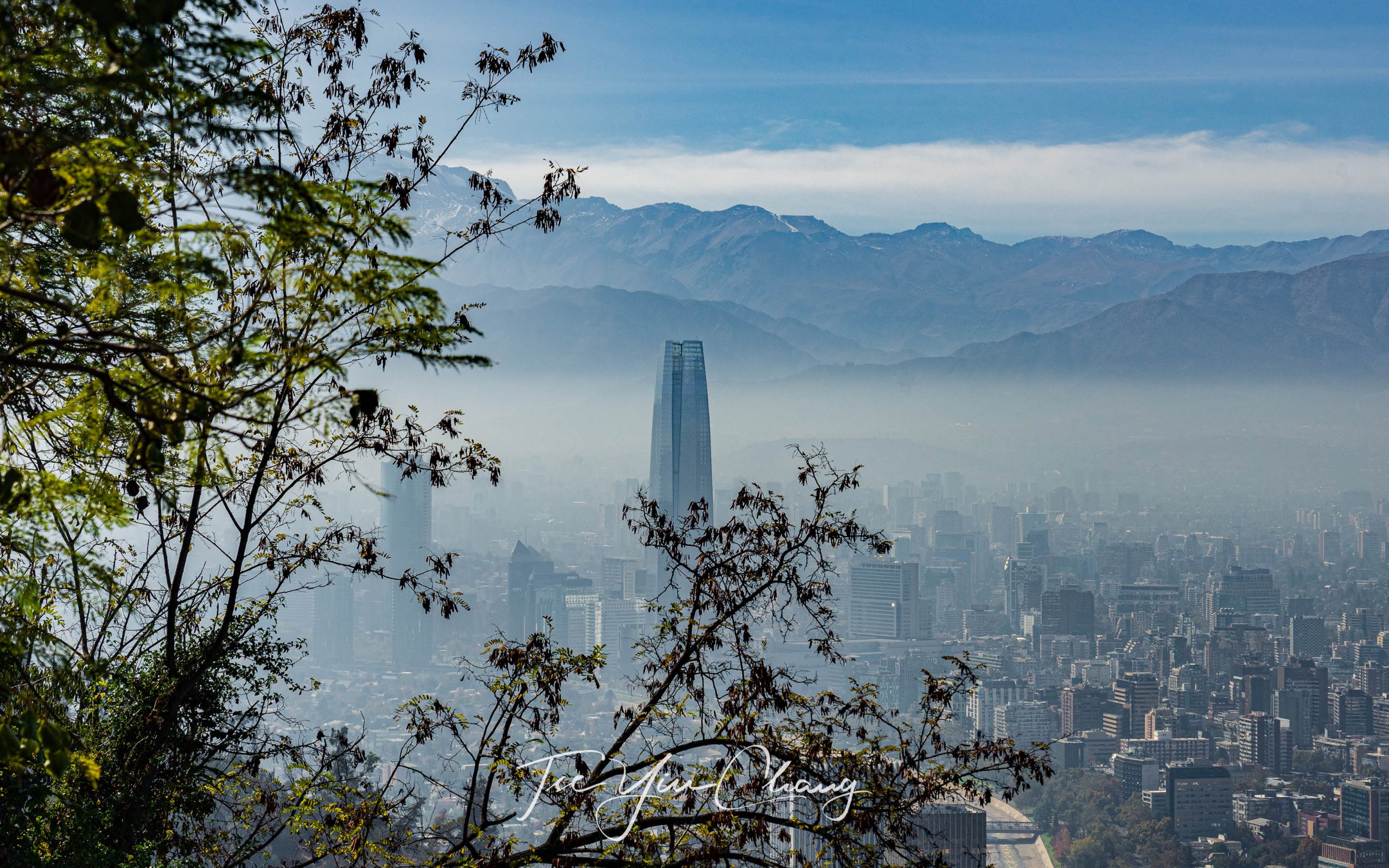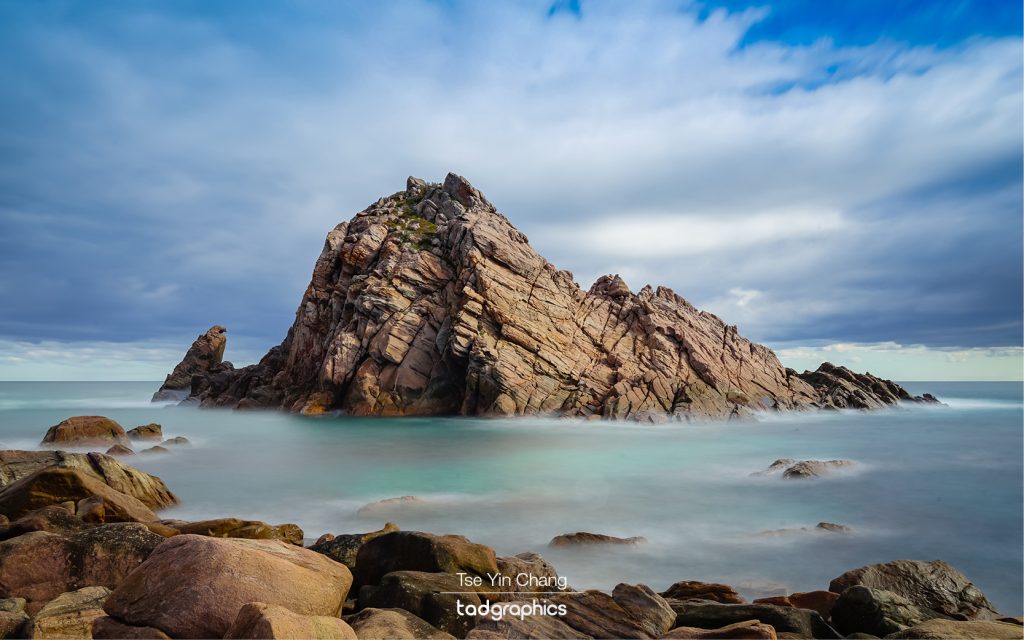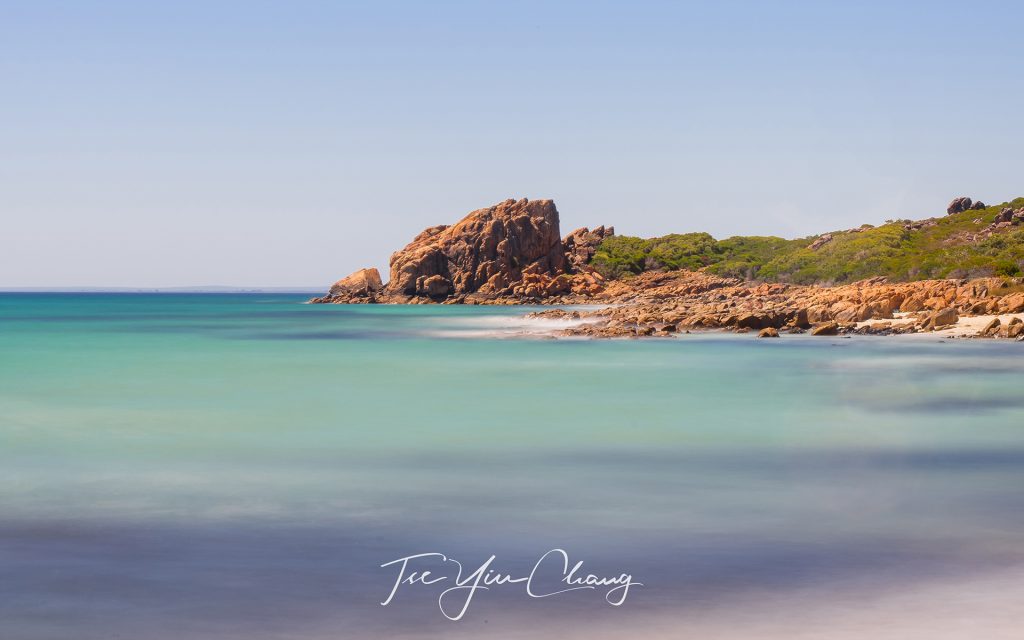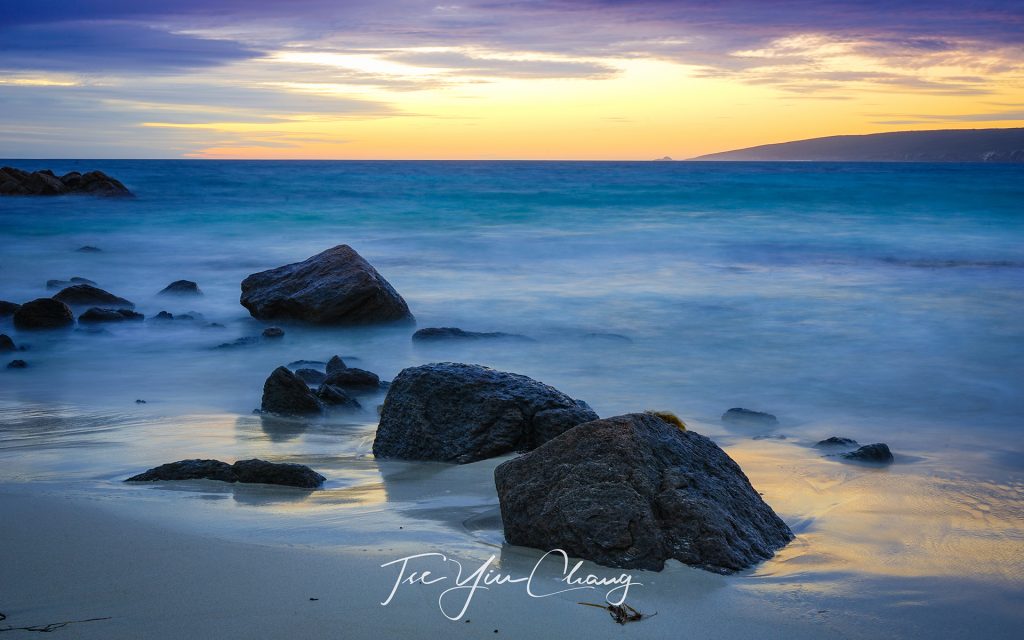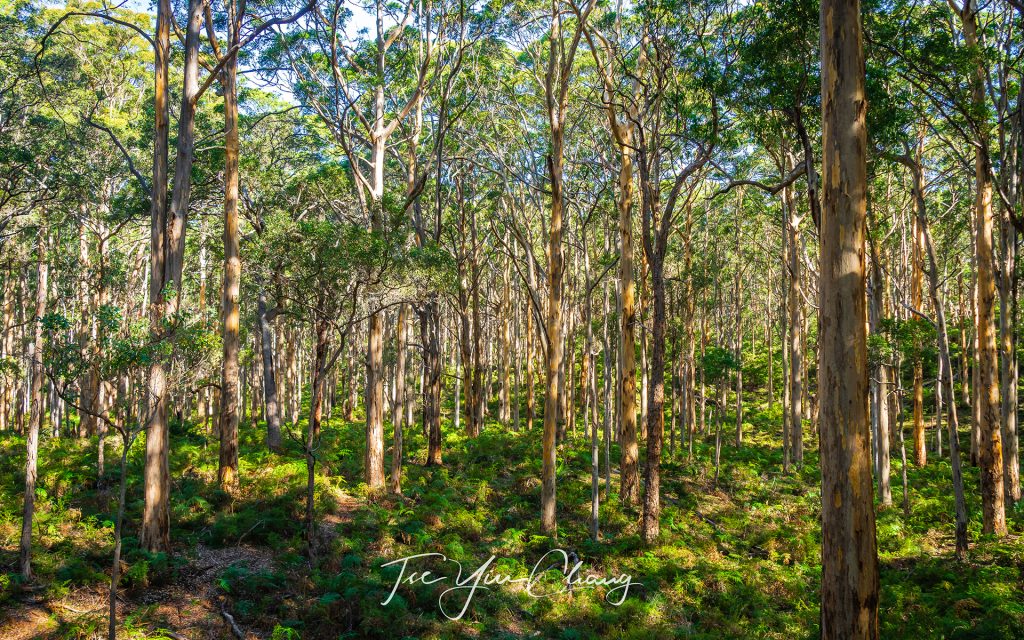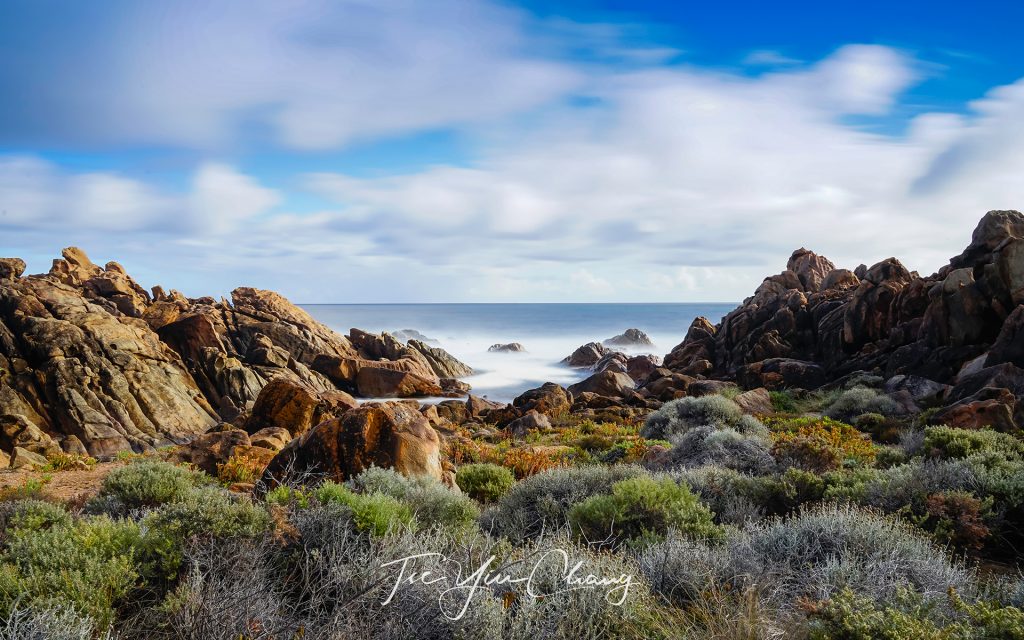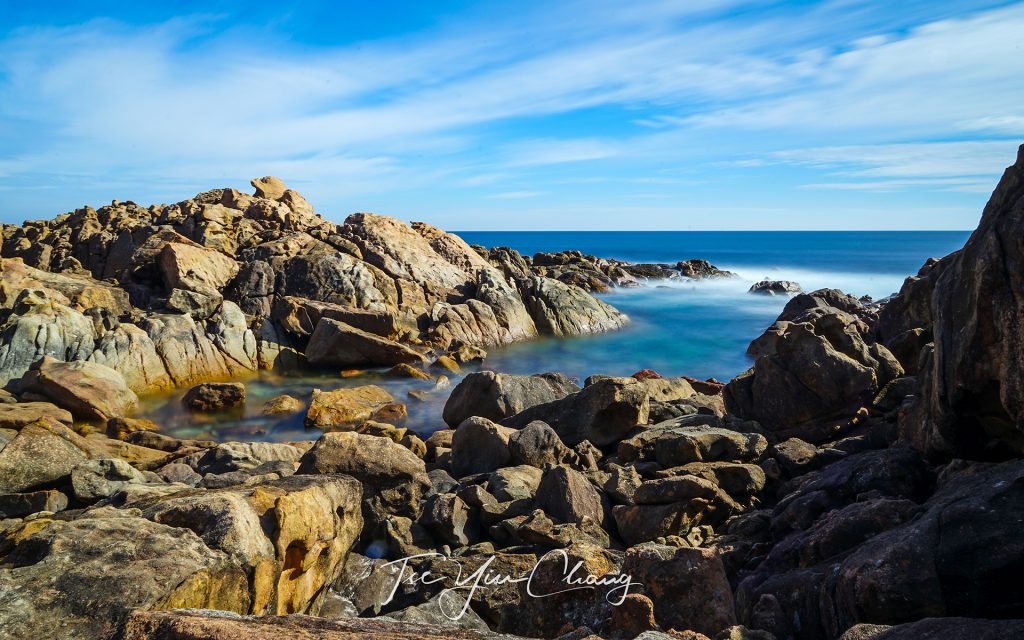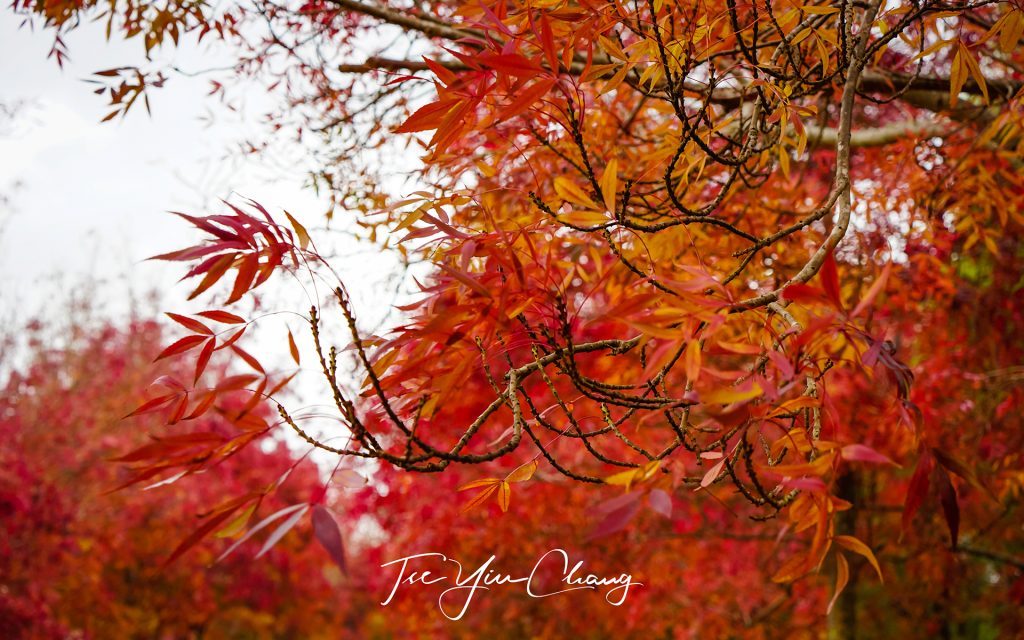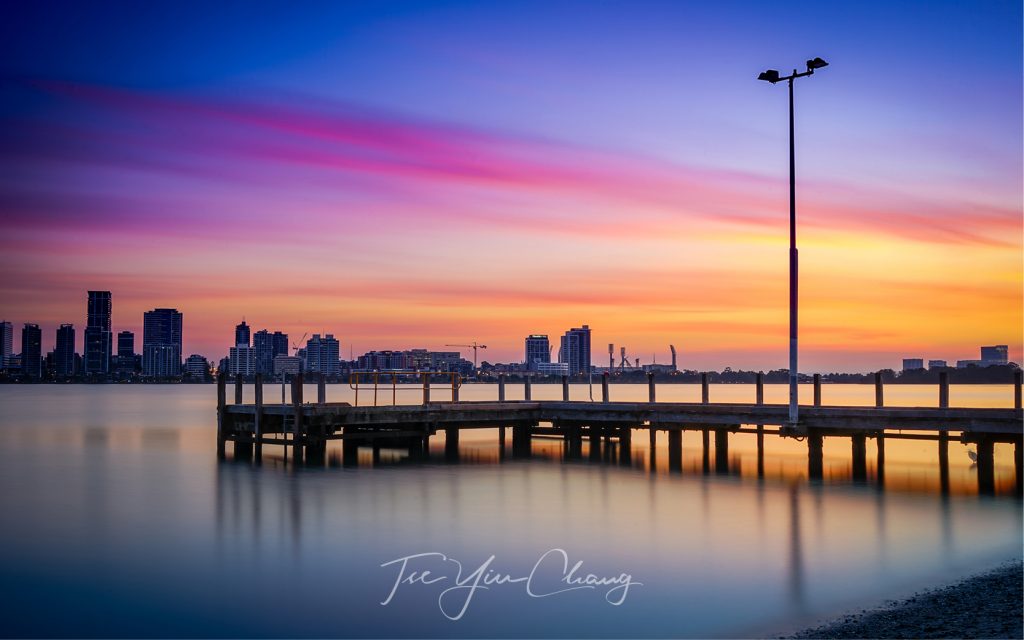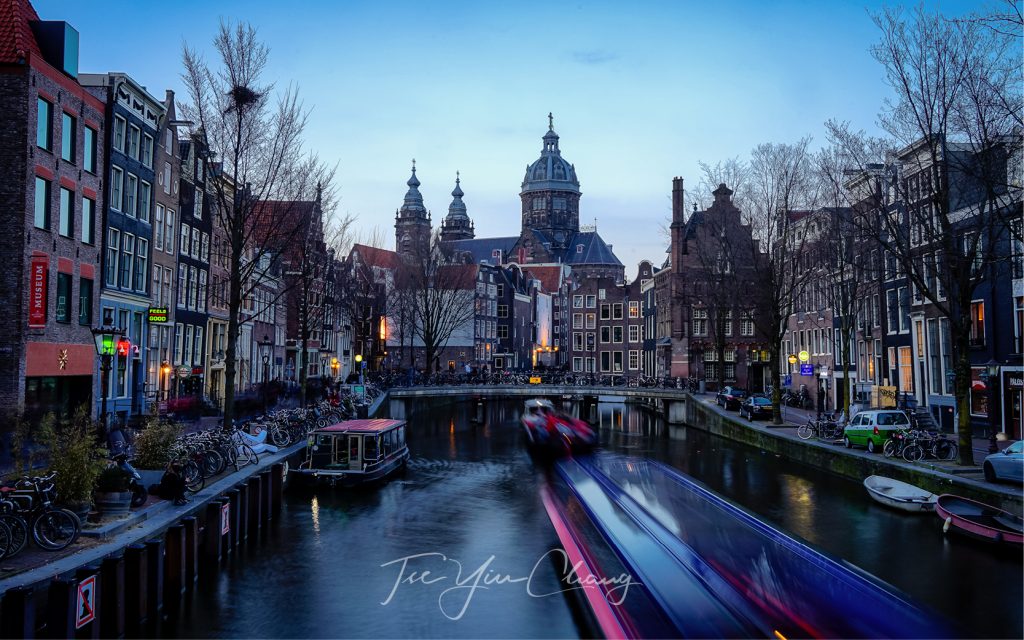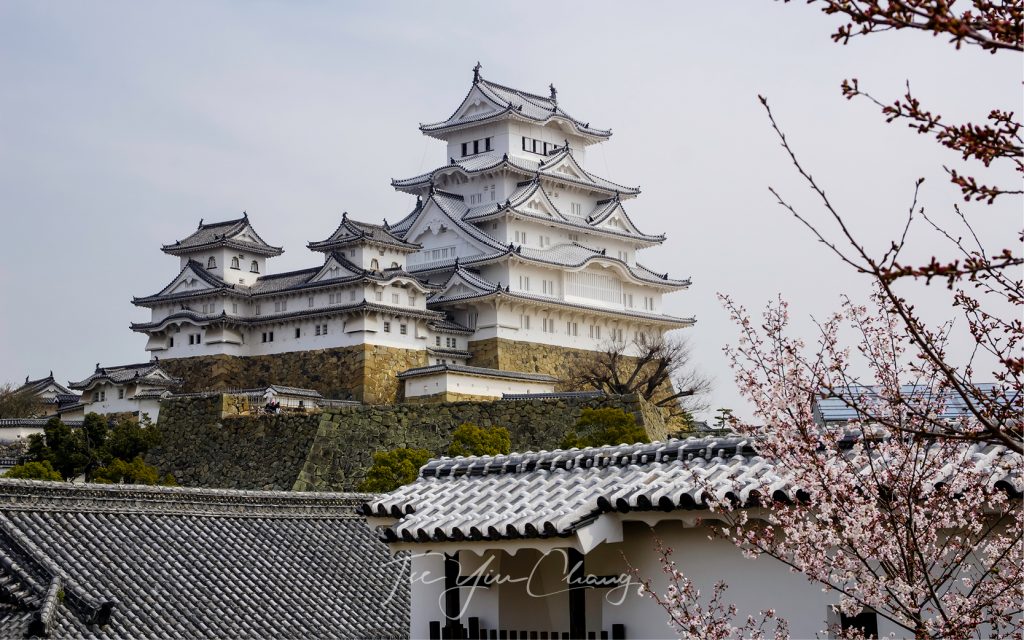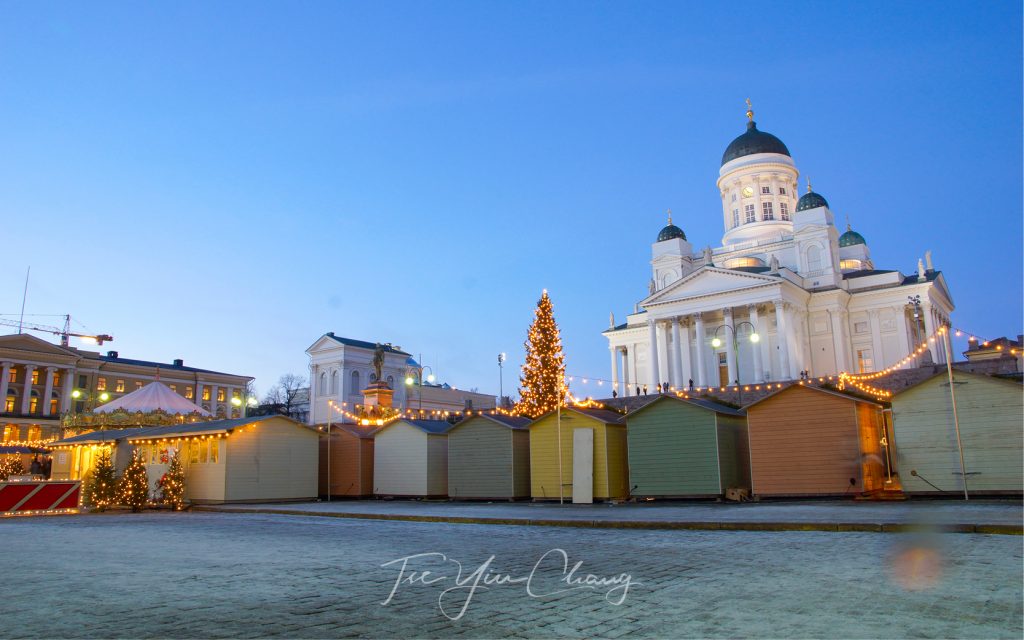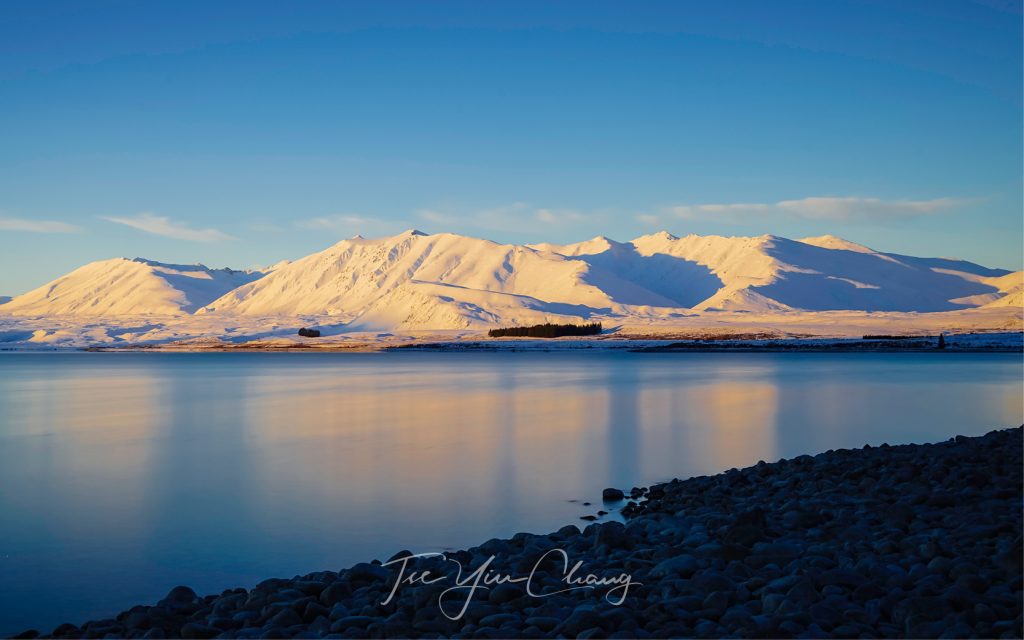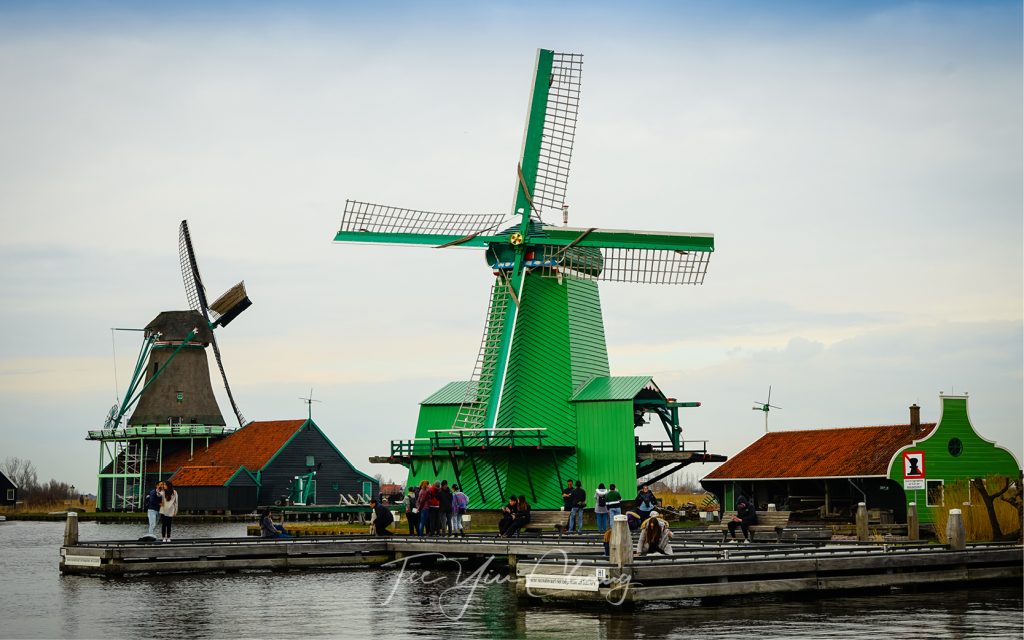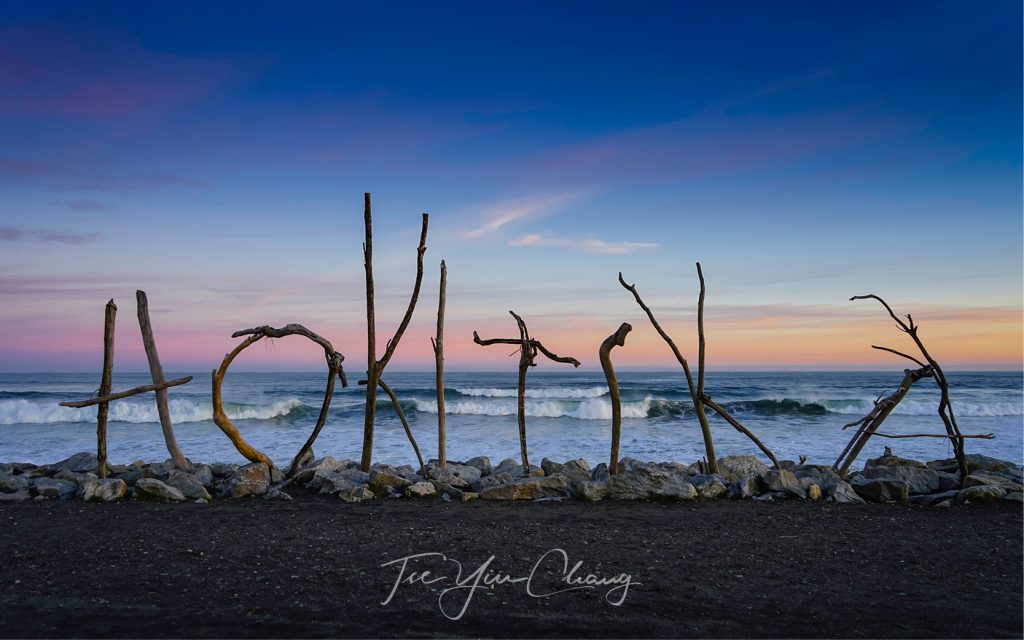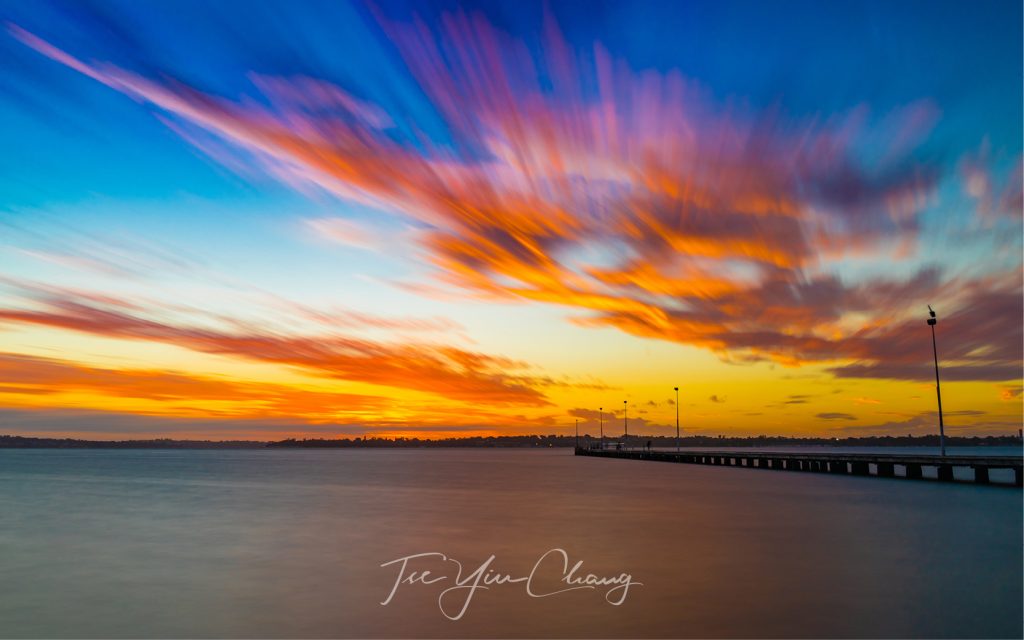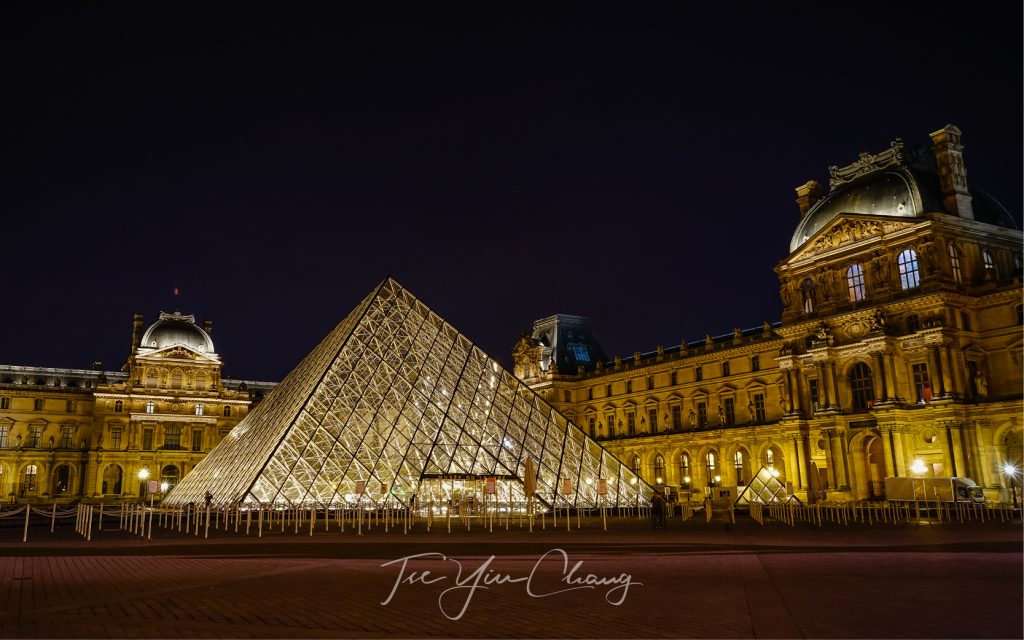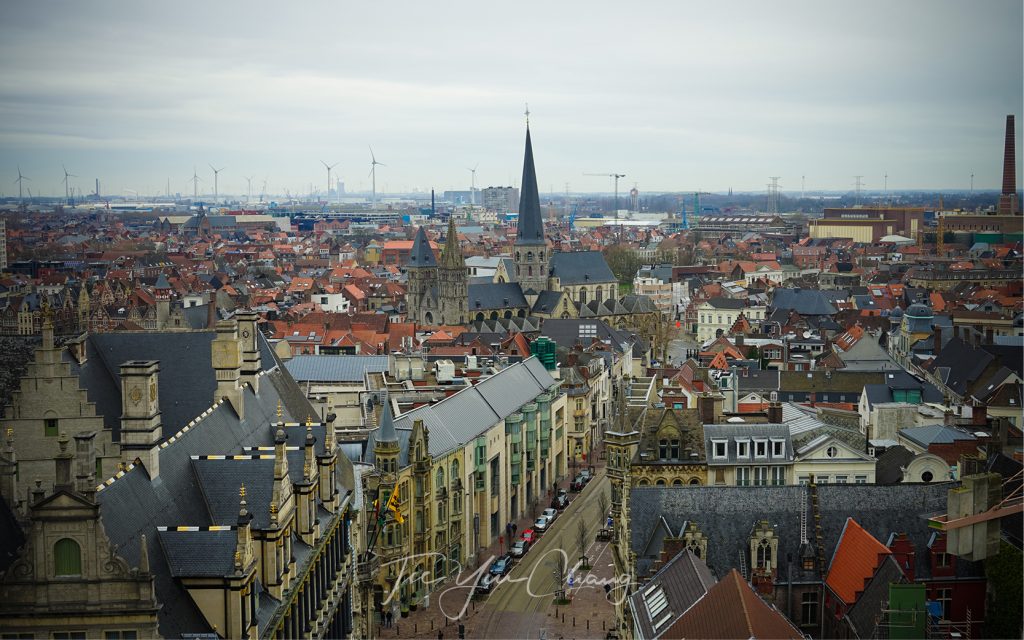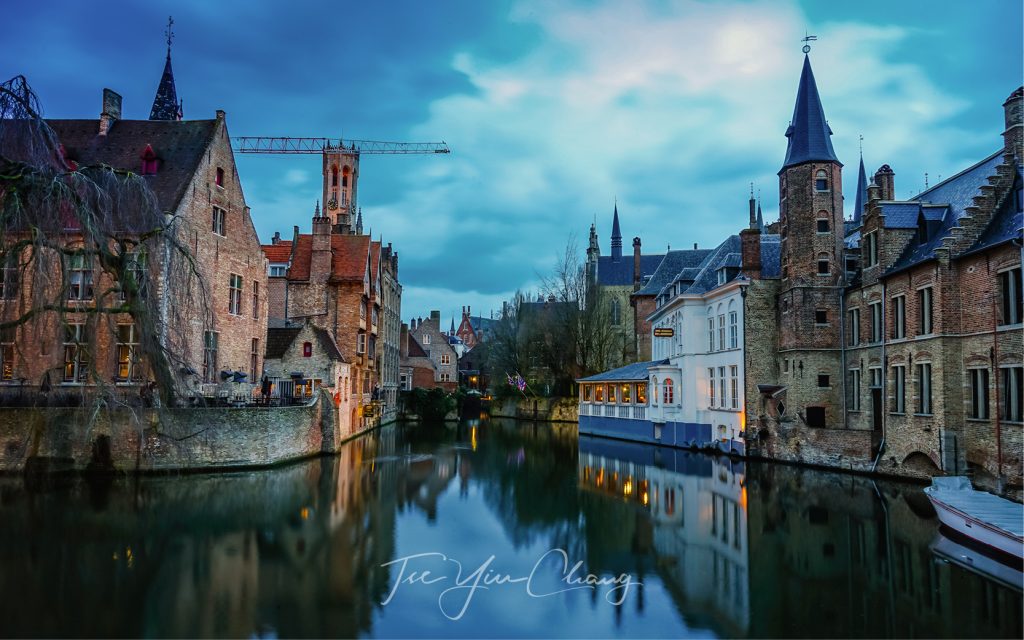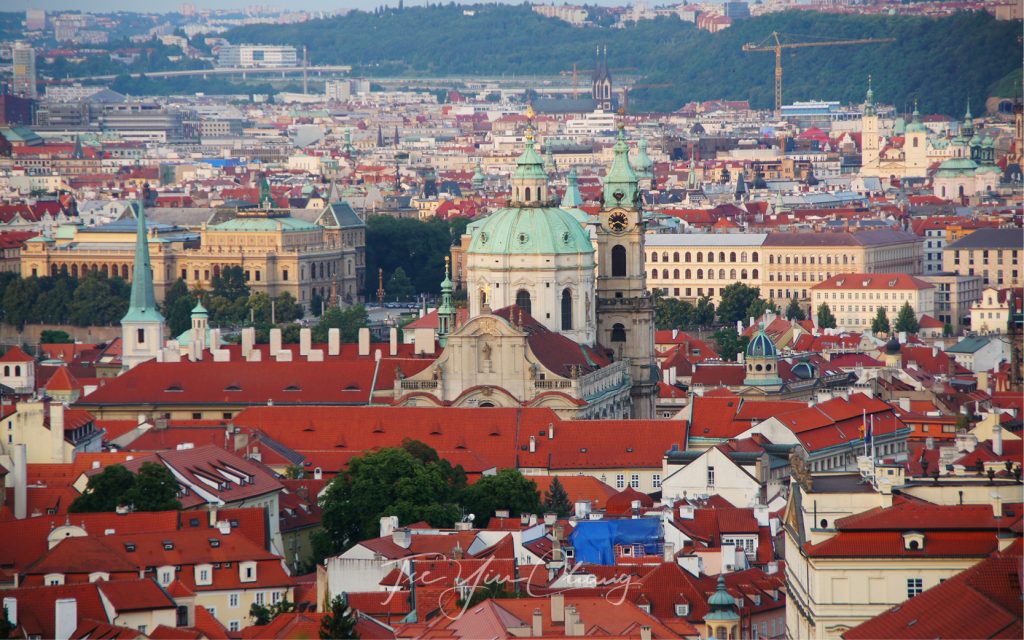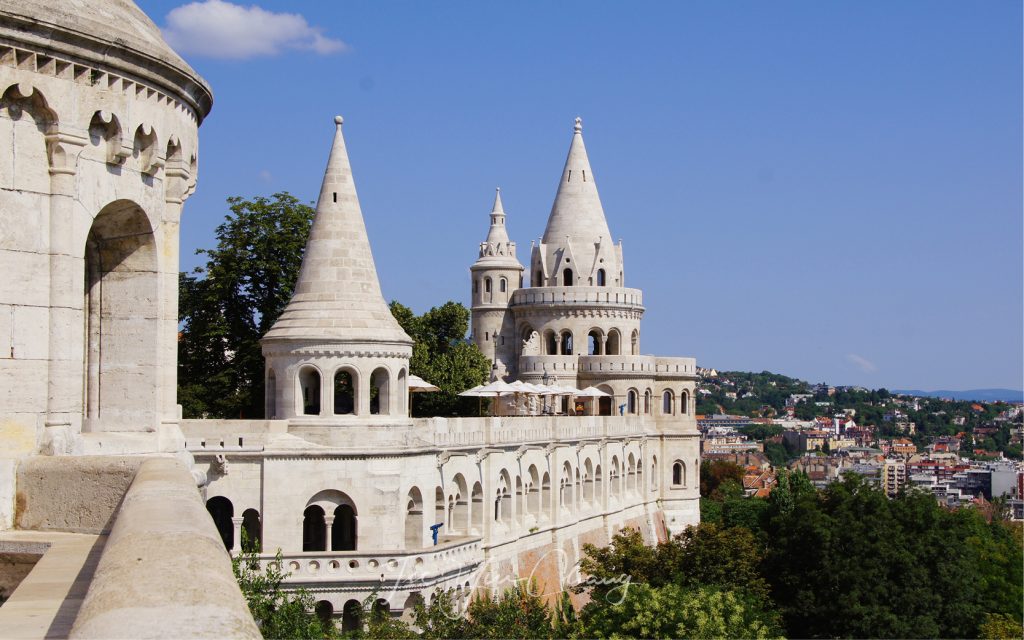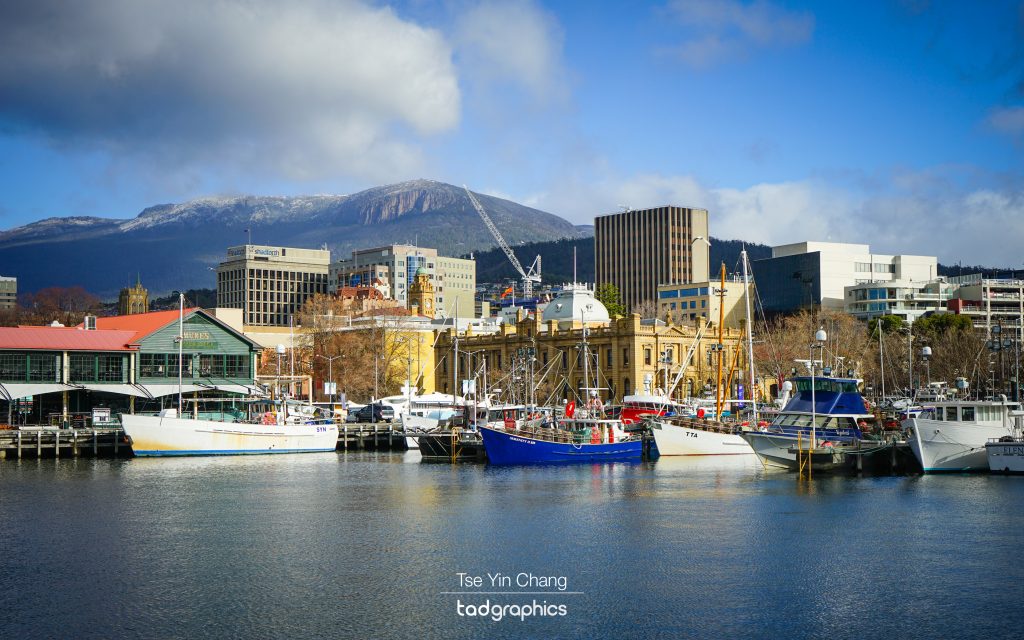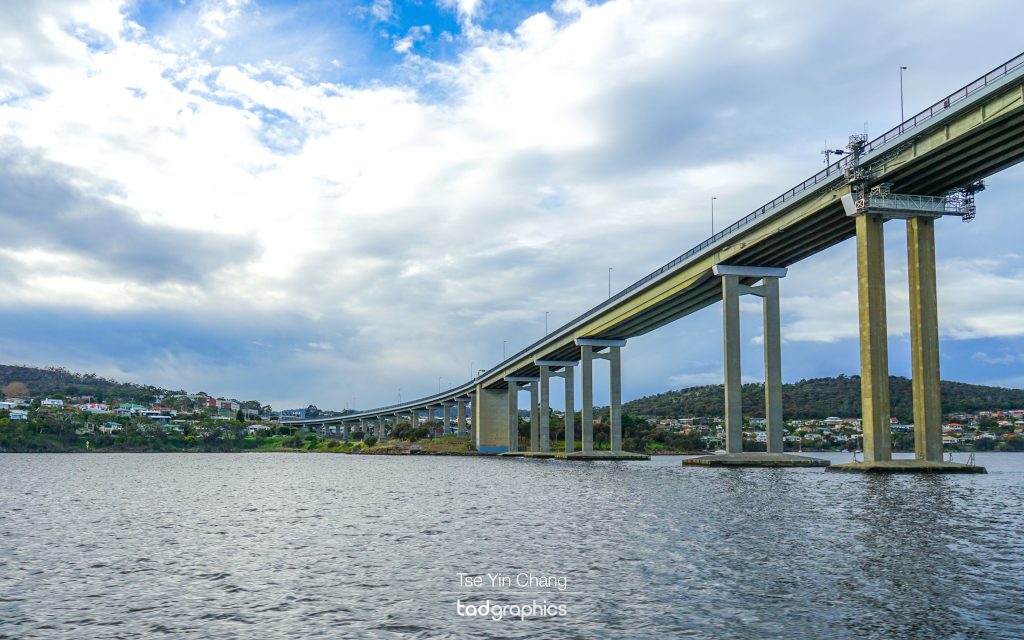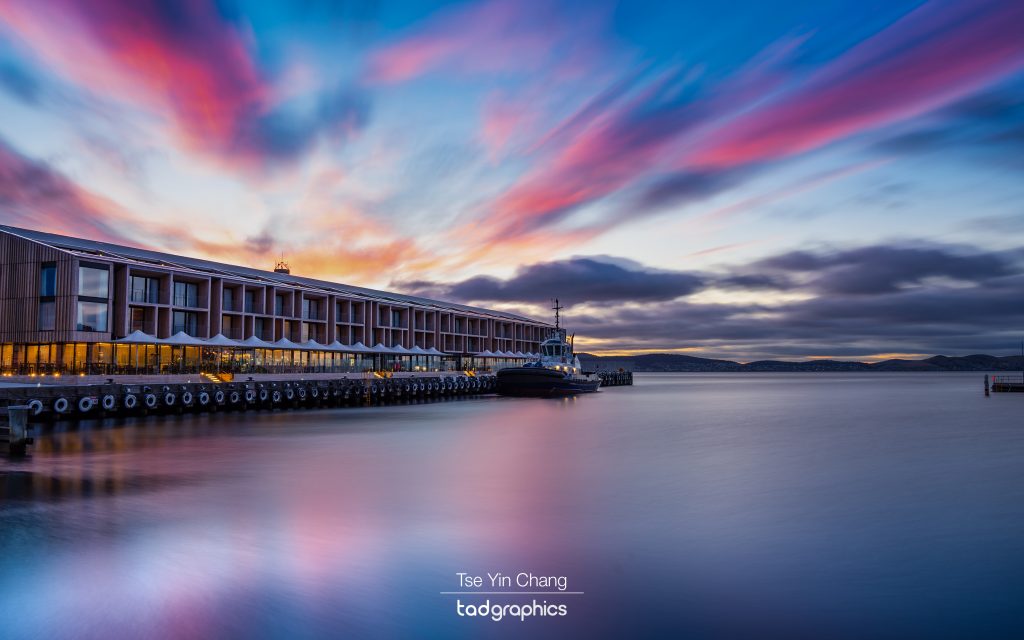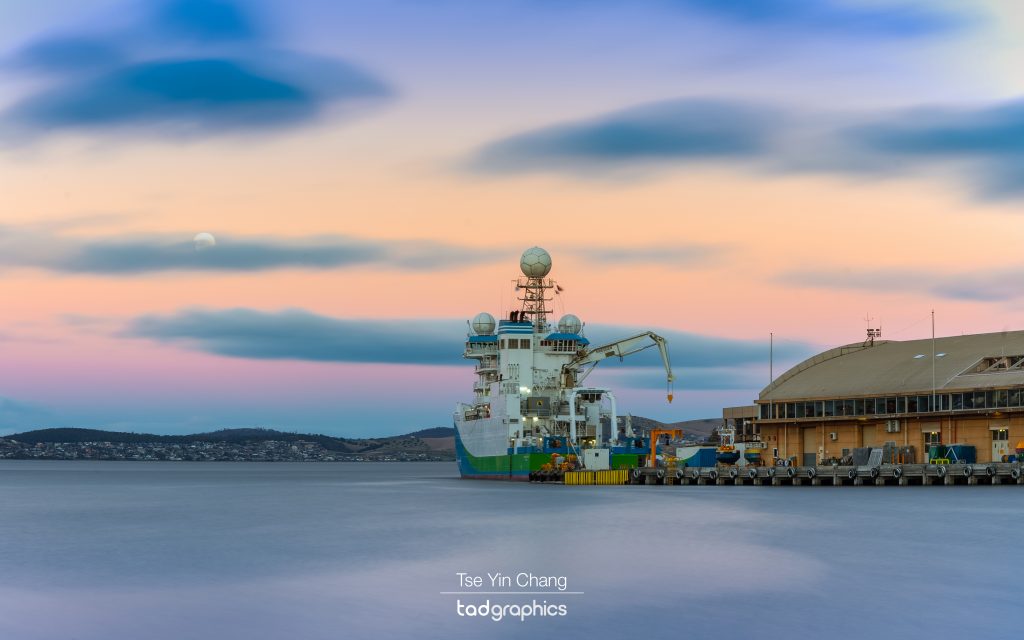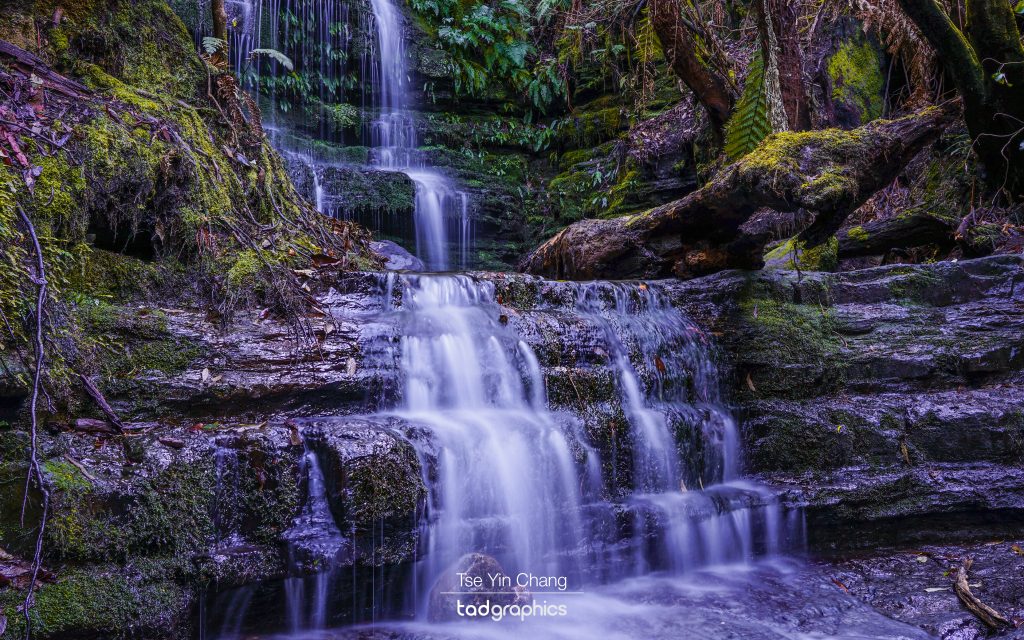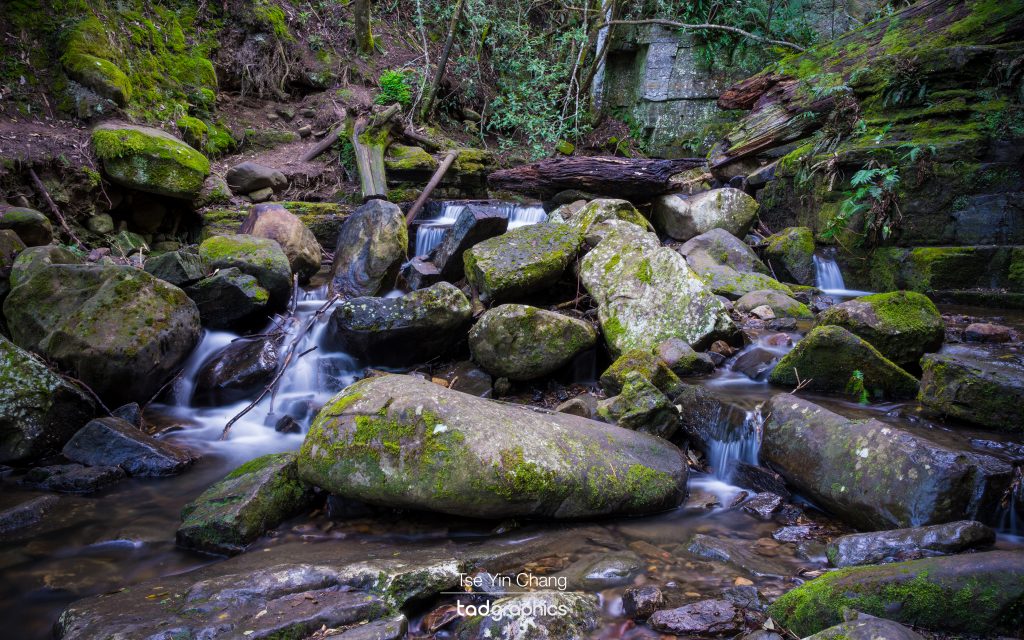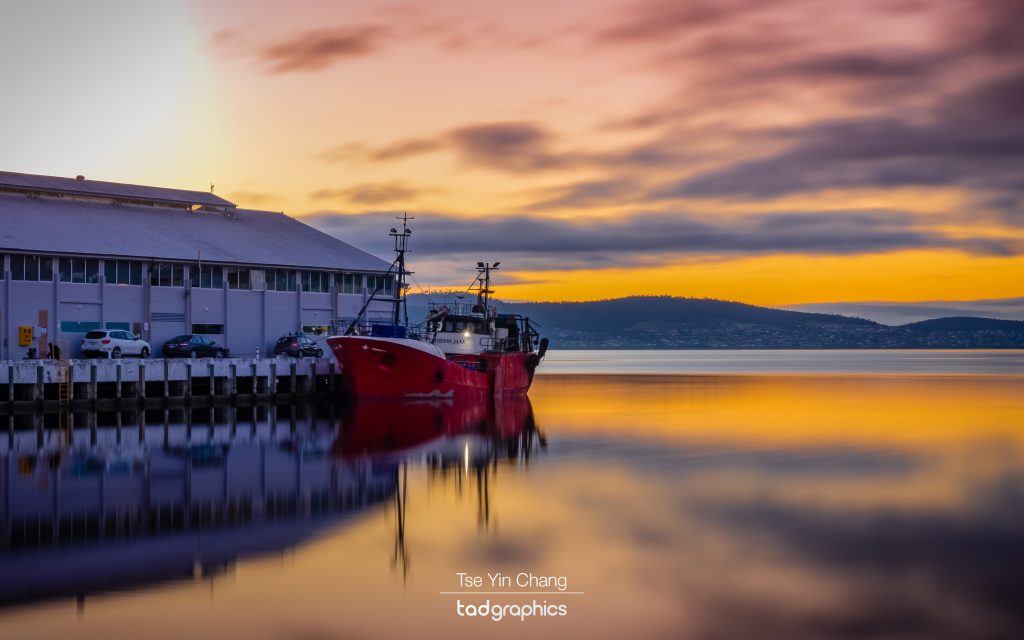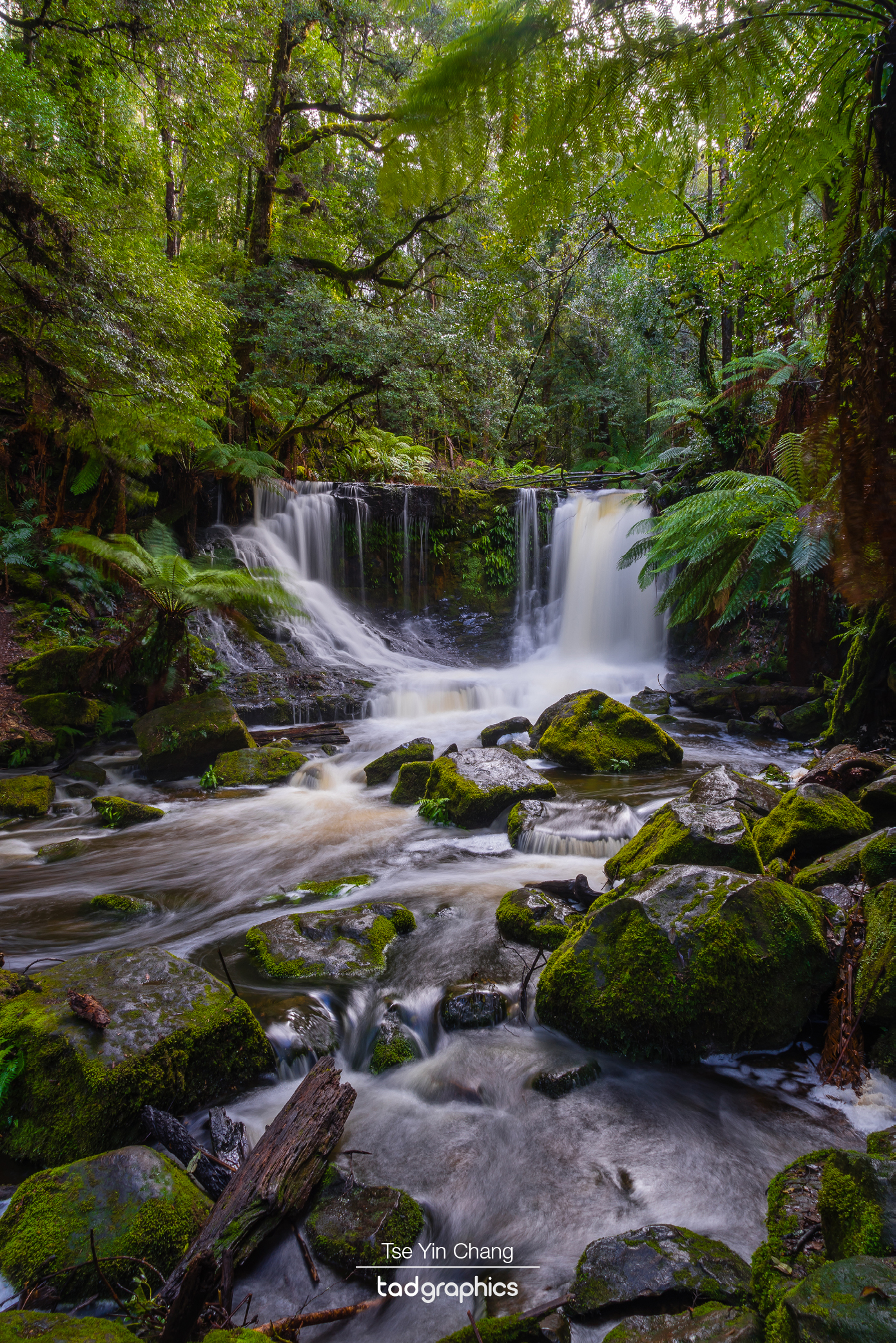
It would be an enormous understatement to say that the coronavirus pandemic has disrupted the global travel industry. All over the world people have been prevented from travelling, and those that do attempt to take a holiday abroad risk cancellations, expensive flights and quarantines on their return. Over here in Western Australia we have successfully managed to keep the state free of COVID-19. But in order to do so, we have had to cut ourselves off – not just from the world, but from the rest of the country too.

Luckily for Western Australians, this beautiful State we call home is full of amazing things to see and do. With overseas and interstate options (at the time of writing) off the table, I, like many others, decided to take a look at travel opportunities closer to home and explore some of the natural wonders the west has to offer. We’re really spoilt for choice here in the vast region of Western Australia, but on this occasion I decided to venture to the far north, to the ancient Pilbara region.

Due to the distance (almost 1,300 km from Perth) and relative cost compared to many neighbouring countries, it usually takes a determined traveller to make a trip that far north. For those that do make the effort though, there is one standout destination to reward their dedication, and that’s Karijini National Park. The park is home to 6,000 kilometres of bushland (making it the second largest national park in Western Australia), which is crisscrossed by a network of river systems, many of which carved out spectacular gorges through the ochre rock over two billion years ago. At the bottom of these gorges, the crystal-clear water has created a number of pools and waterfalls which, sheltered from the ferocious sun, make for an oasis of tranquillity.

For many Western Australians the Pilbara region is best known as a place of work. At twice the size of the United Kingdom, it is where many of the mines which power Australia’s economy can be found. Despite having visited the Pilbara several times over the last few years, it has only ever been for work. So I never had any time to explore what the region had to offer, which was always disappointing.

After taking a flight from Perth to Karratha, I spent a few days in the Pilbara’s largest town visiting my sister, before leaving early one morning for what I anticipated to be an exciting adventure. After an early start, we reached the Auski Tourist Village in Karijini by midday. Surrounded by spectacular landscape, the village is a gateway to some of Western Australia’s most magnificent natural wonders.

After a short stop off for lunch, we continued on to the mining town of Tom Price and checked into our accommodation at the Tourist Park. We still had a few hours of daylight left, so we decided to have a look at nearby Mount Nameless. Getting there took us past Kings Lake, a beautiful parkland in a natural bush setting just outside of town. There is a walking trail which takes you up to the mountain, but unfortunately we didn’t have the time to climb all the way up and back in the light that remained. We were also conscious that it was snake season, and with Western Australia being home to a number of the world’s most dangerous serpents, it seemed like a good idea not to push ourselves to complete the three-hour plus hiking trail.

You’ll find a range of accommodation options in and around Karijini National Park. We opted to stay inside the park itself, at the Karijini Eco Retreat, mainly because the distances between the gorges are fairly large. So for us it was a better option to stay in the heart of the national park. Alternatively, the other option is to stay in nearby Tom Price, and make day trips to the park.
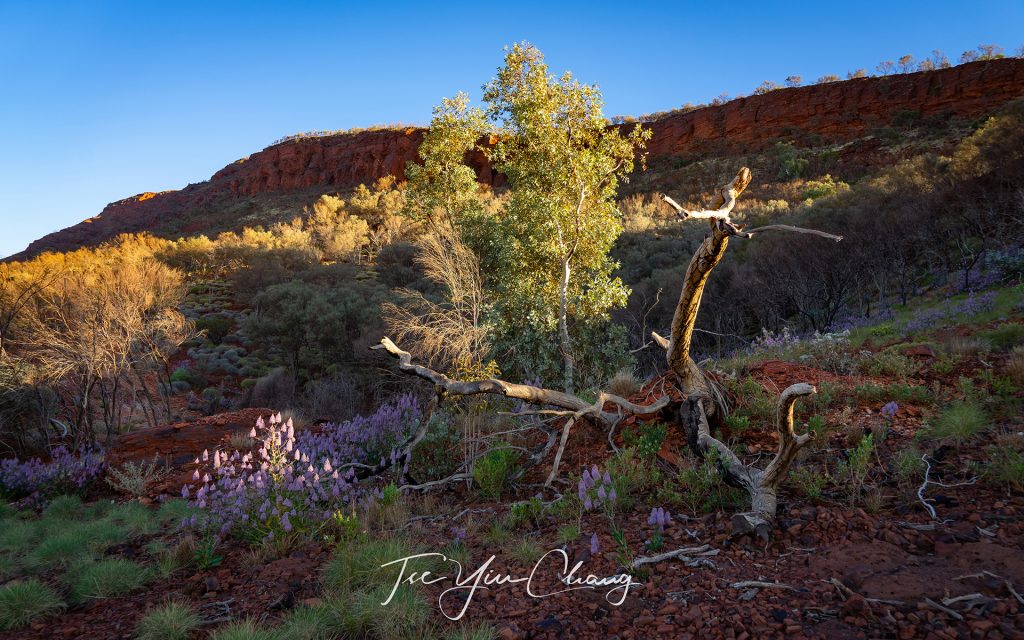
On the way to the Eco Retreat we took a detour so that we could visit Hamersley Gorge. It’s an idyllic swimming hole, and one of the most remote of all the gorges. Here, you can descend into the canyon and clamber along the rocks past a succession of pools. Before long, you reach Spa Pool. Although a little tricky to get to, it’s a truly gorgeous spot, fed by a small waterfall. The rock around the pool is smooth and curving, and it closes in to form a bowl. Instagram is plastered with shots of people swimming in the pool, but as we didn’t have our bathers with us, we satisfied ourselves with admiring it from afar.
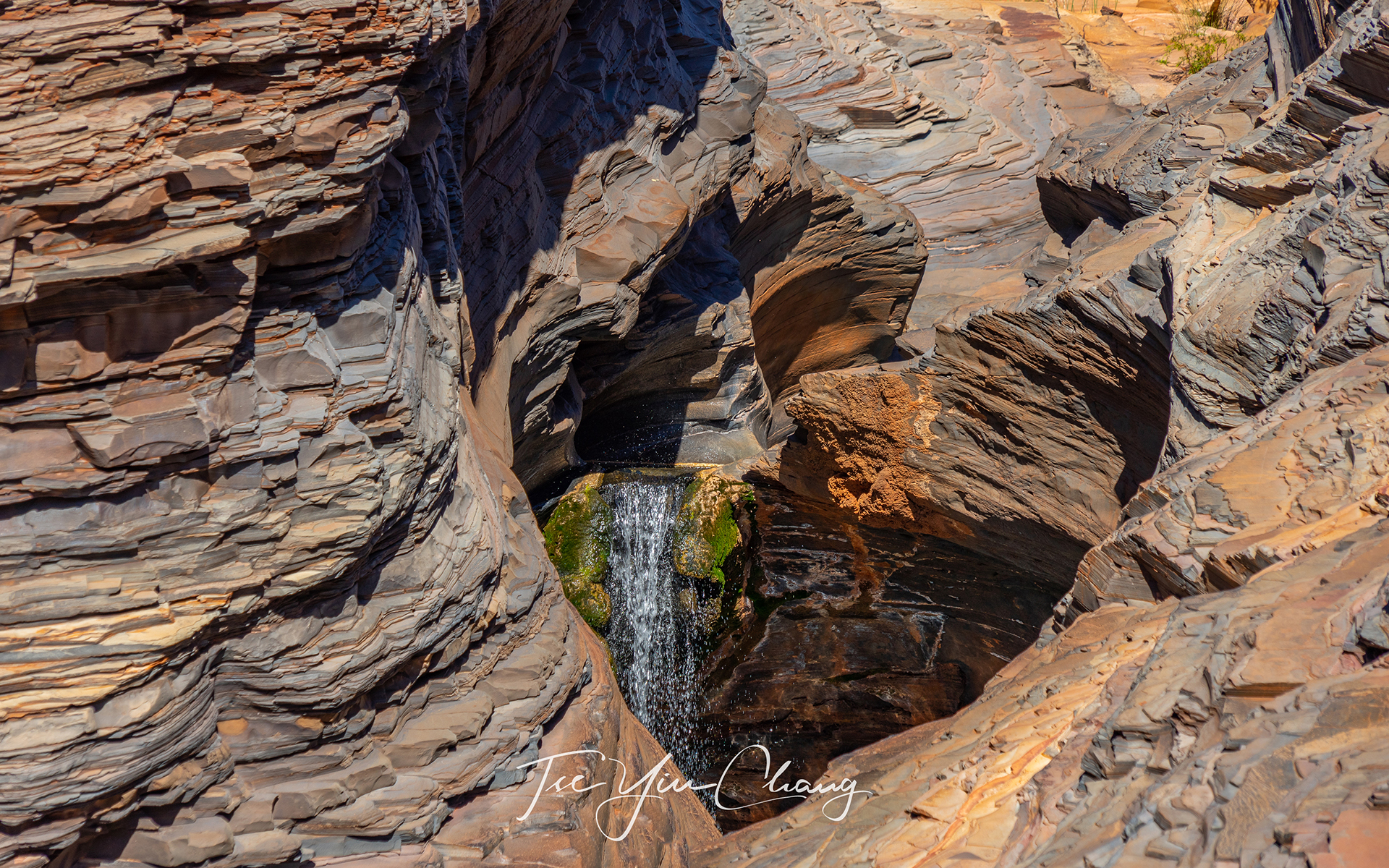
As we entered the main part of the park, it became apparent just how big an area it covered, and just how much there is to see. We were heading for a section called the Weano Recreation Area, where several of the best gorges are located. We realised that if we were going to hike down into the gorges, time constraints would mean that we would have to focus on just one. We decided that it would be better to take them all on from their lookouts.
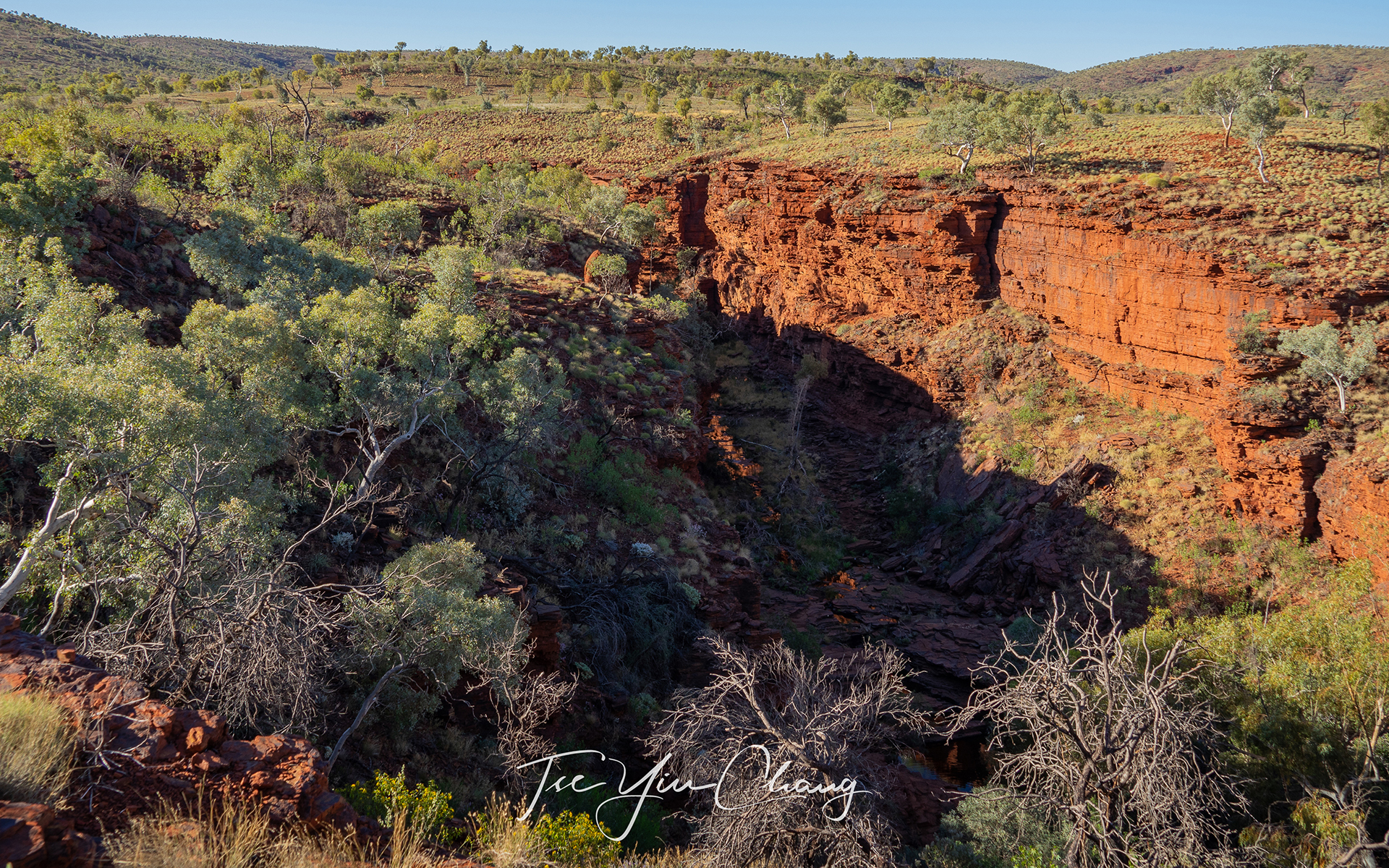
We spent the whole afternoon in Weano taking in the Knox and Joffre gorges, both of which were spectacular. It was early evening and the sun was enveloping the landscape in a warm amber light. Photographers refer to this part of the day as the golden hour, and besides helping to create beautiful pictures, the light at this time made the ochre rocks even more pronounced. Perhaps though, the highlight of the day was Oxer Lookout which we stopped at first. Here four of the gorges converge, and if seeing them individually is an experience, four at once is breathtaking.

The Eco Retreat is close to Weano, so we were able to enjoy the golden hour without having to worry about driving back in the dark. Rather than simply monopolising its position as the only accommodation within the park, the resort goes out of its way to provide a memorable stay. Most of the rooms are actually tents – albeit very luxurious ones – giving you the feeling of being immersed in the remote bush landscape. The emptiness of that landscape is humbling, and being so remote at night it is the perfect place for stargazing. After an enjoyable dinner, we took the opportunity to try our hand at astrophotography. You don’t get the chance to photograph this many stars in Perth, so it was an opportunity we didn’t want to miss.
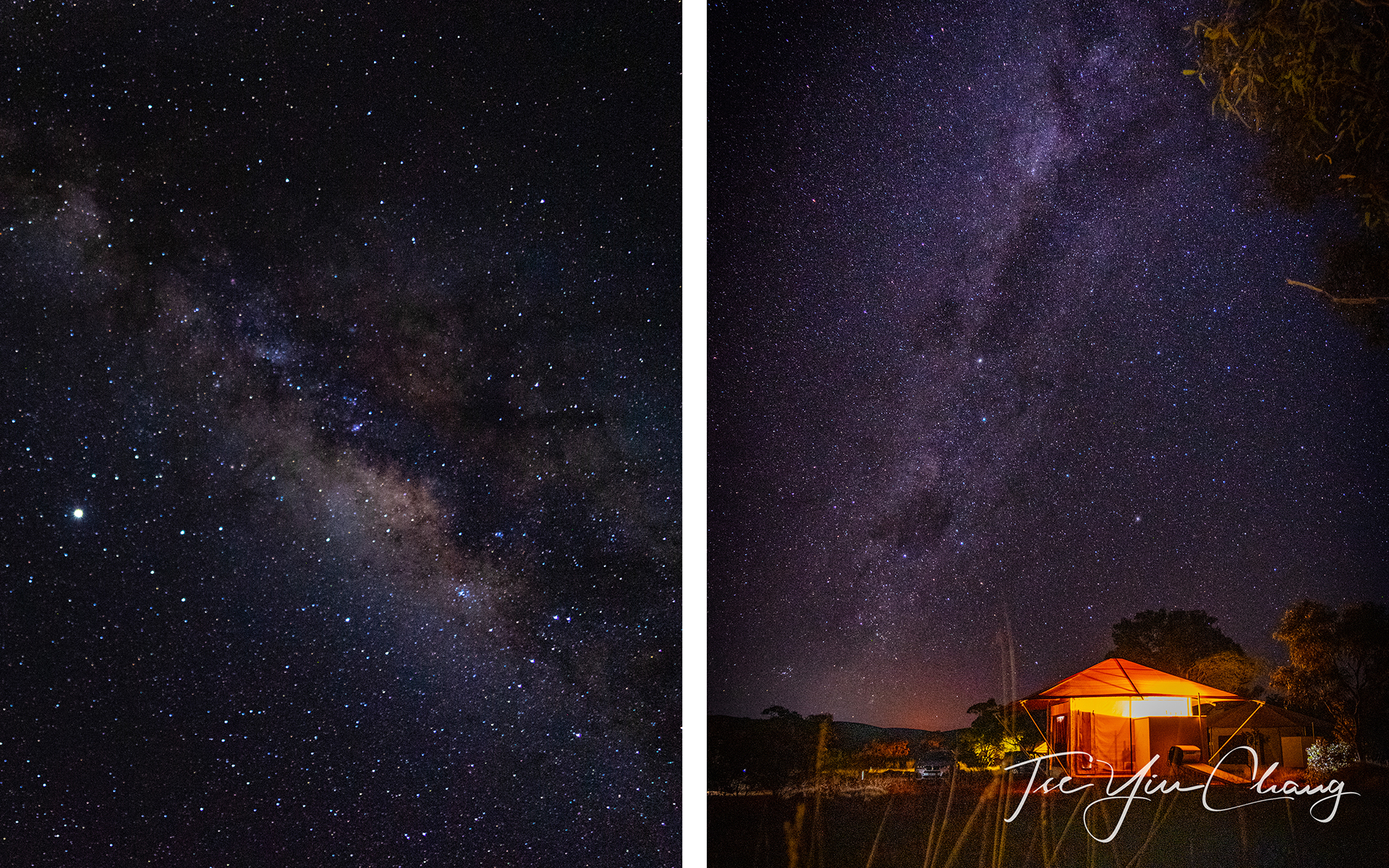
Many of the rest of Karijini’s spectacular sights are to be found in and around Dales Recreational Park. There is a direct road there from the resort, but not wanting to take any risk (it was badly corrugated), we decided to take the main road instead. We stopped at the visitor centre first to get some advice on what to prioritise, before continuing to our next destination.
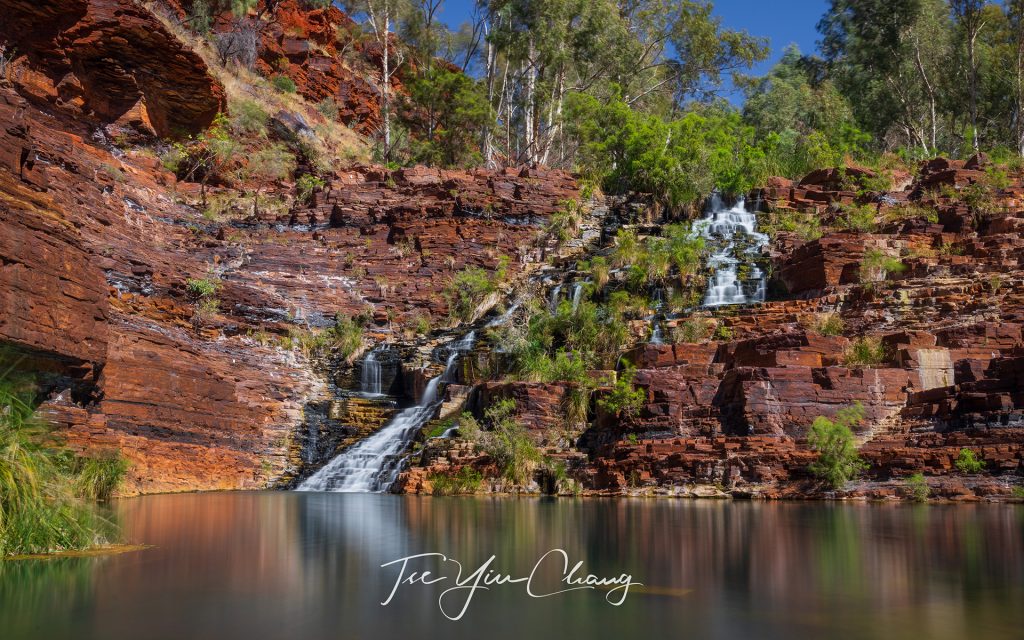
At the bottom of Dales Gorge are two of Karijini’s most popular attractions, Fortescue Falls and Fern Pool. Sheltered from the worst of the sun and irrigated by the emerald river water, Fern Pool is a refuge of life which contrasts with the arid country at the top of the cliffs. Here there are trees and grasses, and the dominant colour is green – a rare and welcoming sight when all around is red, orange and yellow. The Fortescue Falls flow into a similarly inviting pool, with the stepped cascade of the falls themselves adding a touch of drama.

Circular Pool is the other big attraction in this part of the park, however at the tourist centre they had advised us that you can no longer walk down to the pool itself. This is because one of the many minerals which occur naturally in the rocks there is blue asbestos. Veins of the fibres can be seen in the walls of the cliffs, and it can be inhaled when blown into the air by the wind. We didn’t mind viewing it from the lookout however, as from the top it is quite a sight. The pool is an almost perfect circle, and the cliffs enclosing it are as steep as walls. As there is nowhere else to buy food, the resort provides pack lunches, and we enjoyed ours at the picnic area above the pool while contemplating the wonders that nature can create.

We spent most of the afternoon relaxing at the Eco Retreat after a quick stop en route at Western Australia’s second highest mountain, Mount Bruce. We also returned to Joffre Gorge for sunset to admire the waterfall there as we watched the light fade. The next morning it was time to leave, so we made our way back to Karratha for our flight back to Perth.

I have seen many memorable places in different parts of the world, but I was glad that I had finally taken the time to see some of the incredible nature wonders of my home state. A trip to the remote and ancient Karijini National Park has been on my travel bucket list for a long time. There are few places outside of Australia that compare. Little did I know that it would take a worldwide pandemic to inspire me to finally tick this world class attraction off my ever growing list of must-see places.
Getting to Karijini National Park
It takes approximately seventeen hours to drive the 1,300 kilometres from Perth. If you enjoy epic road trips, take the Great Northern Highway out of the city and keep going until you get there. You won’t find much in the way of towns on the way, however you will get to experience the vastness of Australia first hand.
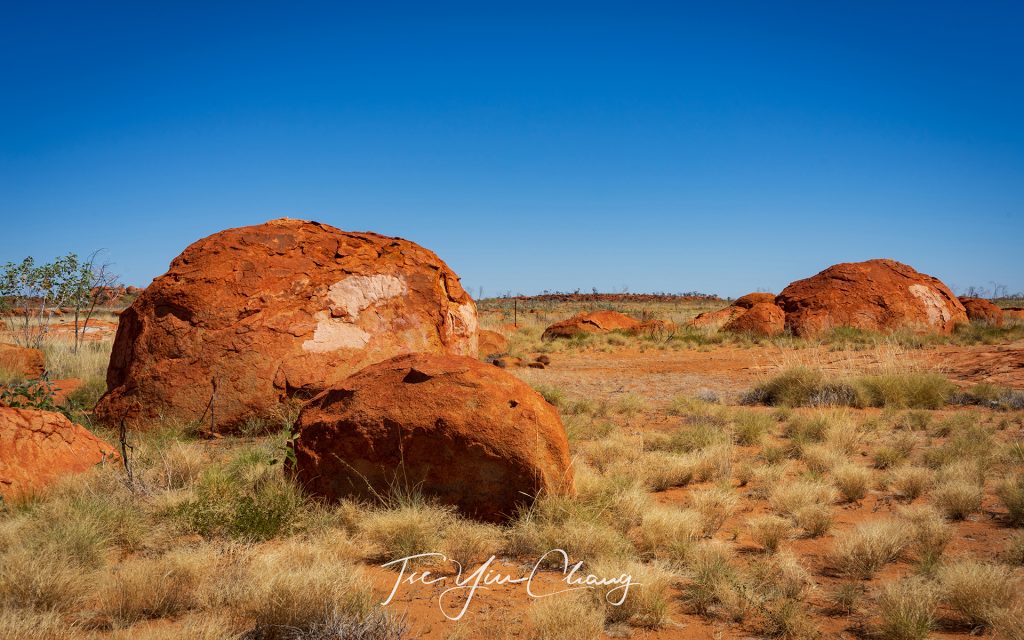
Alternatively, you can either fly to one of two nearby mining towns, Paraburdoo and Newman, or, as I did, to Karratha. Following my route will mean a longer drive, but you could squeeze in a trip to the UNESCO World Heritage nominated Burrup Peninsula too, while you are there. If you choose to fly you will need to hire a car, and preferably a 4WD. When hiring a car, make sure that the conditions of hire allow you to drive off-road, as many of them do not allow off-road driving.
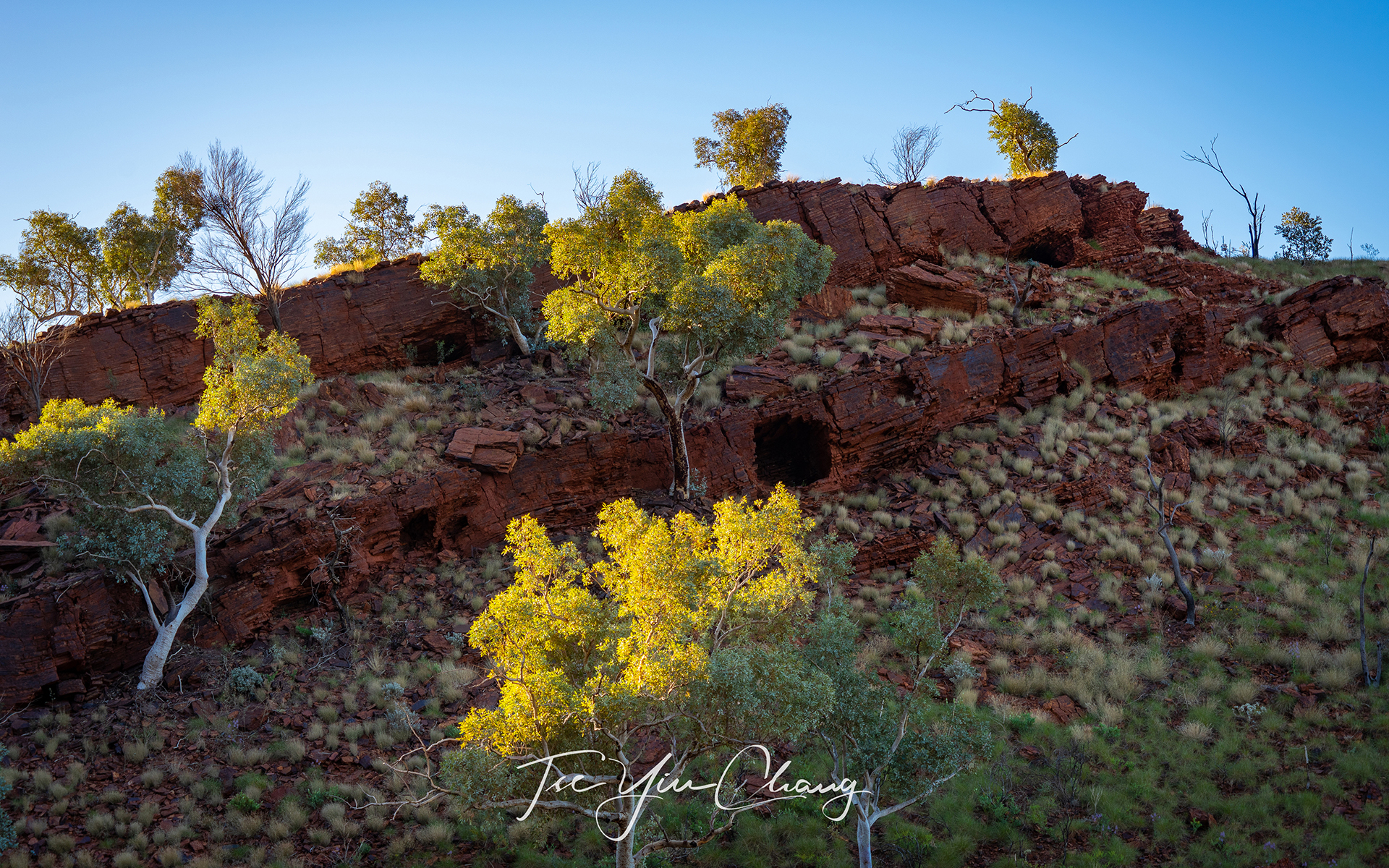
Survival tips
The Australian outback is famous worldwide for being the sort of place you don’t want to get lost in. While it is completely safe to travel to Karijini, you do have to take some precautions. It gets extremely hot in Australia’s North West, so make sure you have plenty of water with you. This is especially important if you plan to spend any time hiking around the gorges. The only place you can purchase food within the park is the Eco Retreat, so ensure that you are well stocked with snacks and/or meals as well before you enter. You will also need to fill up with petrol before you set off, and you should carry some spare as well. The nearest petrol stations can be found at Tom Price and the Auski Tourist Village.

Being a popular attraction (and surrounded by important mining centres), the roads taking you to the national park have been sealed. But once you access the park you’ll realise the importance of having a car that’s capable of handling corrugated dirt roads. Although you won’t need four-wheel driving training to get around, you should slow down when necessary and take extra care when driving inside the park. This is especially true if you don’t have much experience driving off the bitumen.
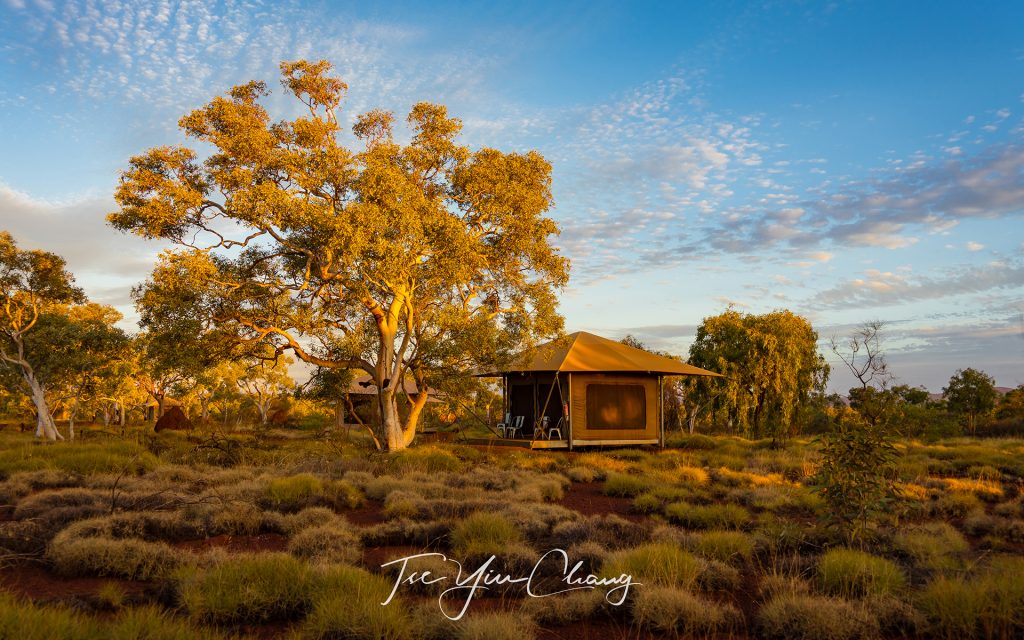
Prints from my Karijini National Park photo collection are available to purchase in various sizes and framing options. Feel free to get in touch to find out more. And don’t forget to follow my travel adventures on Instagram.
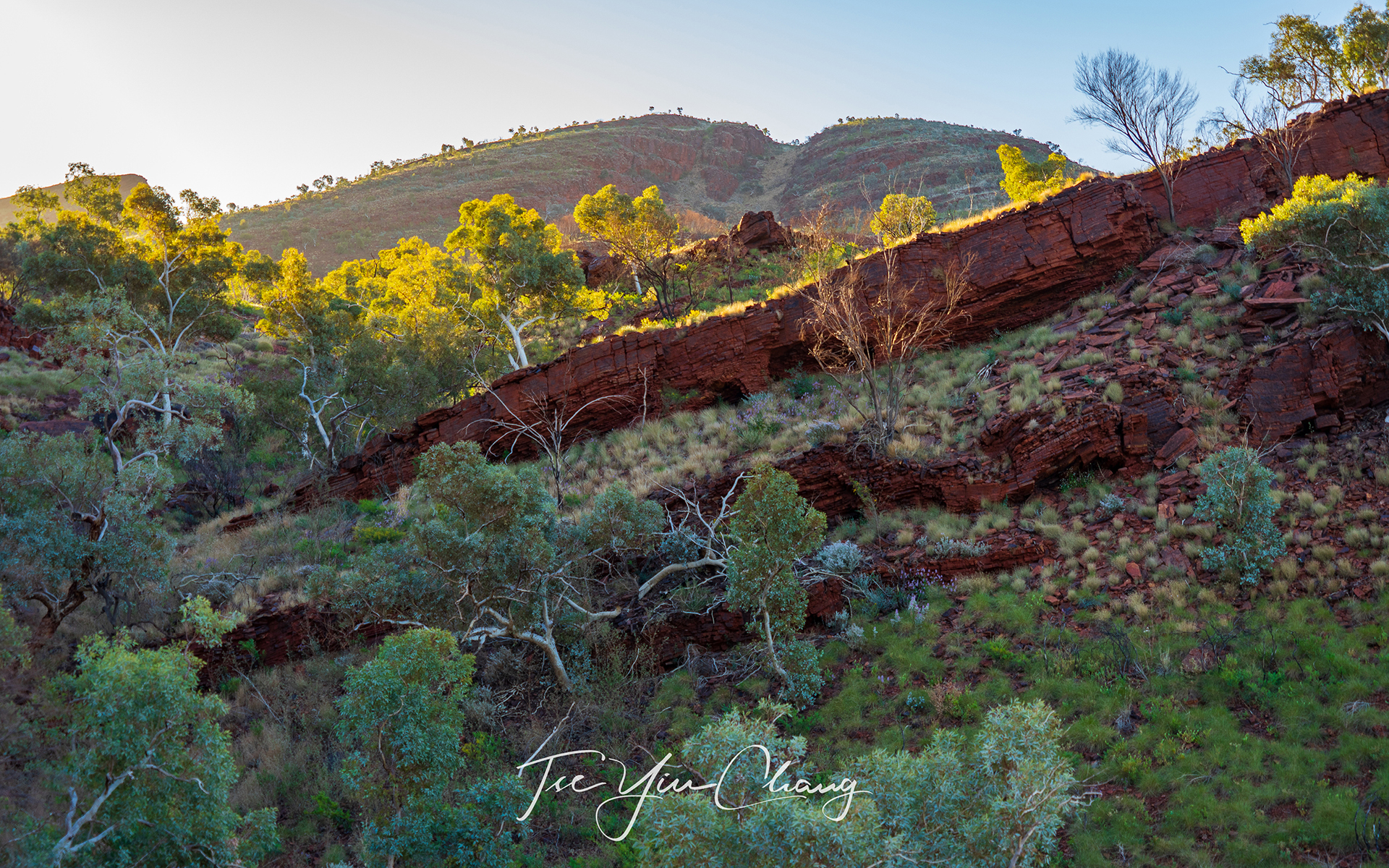
More wander out yonder travel inspiration
- Through the lens: exploring the Margaret River region
- Chasing waterfalls in Tasmania
- New Zealand’s Glacier Country


